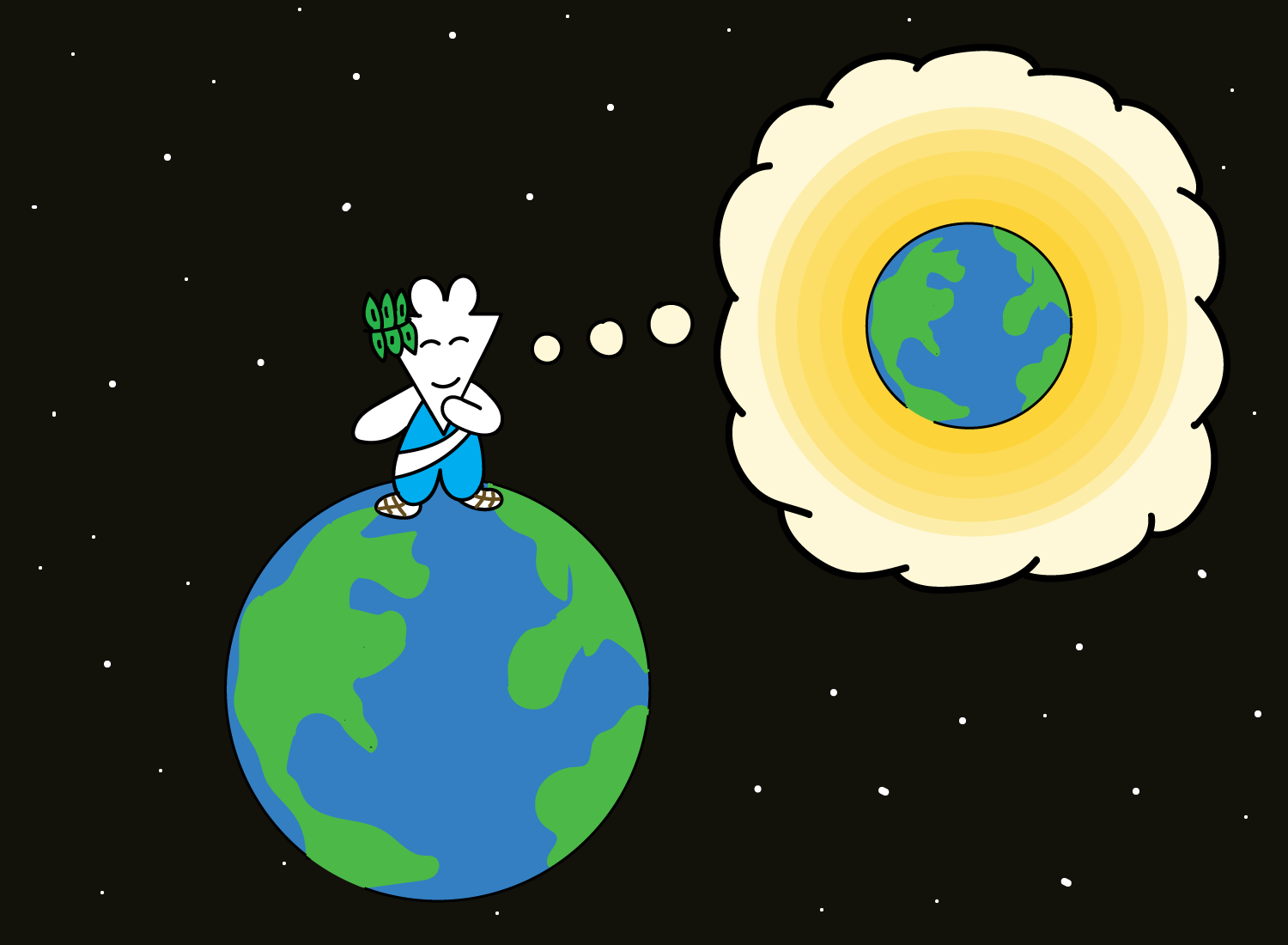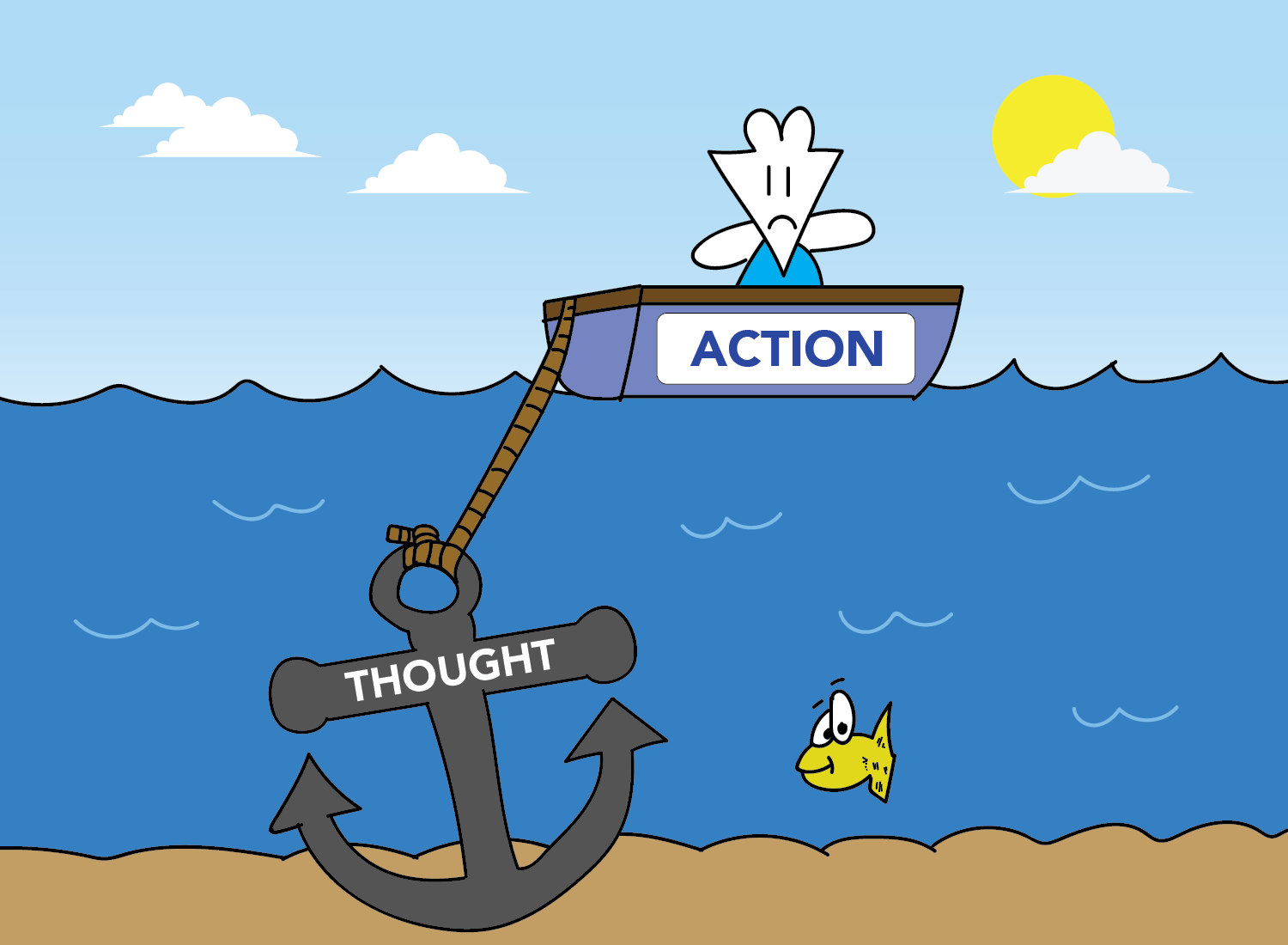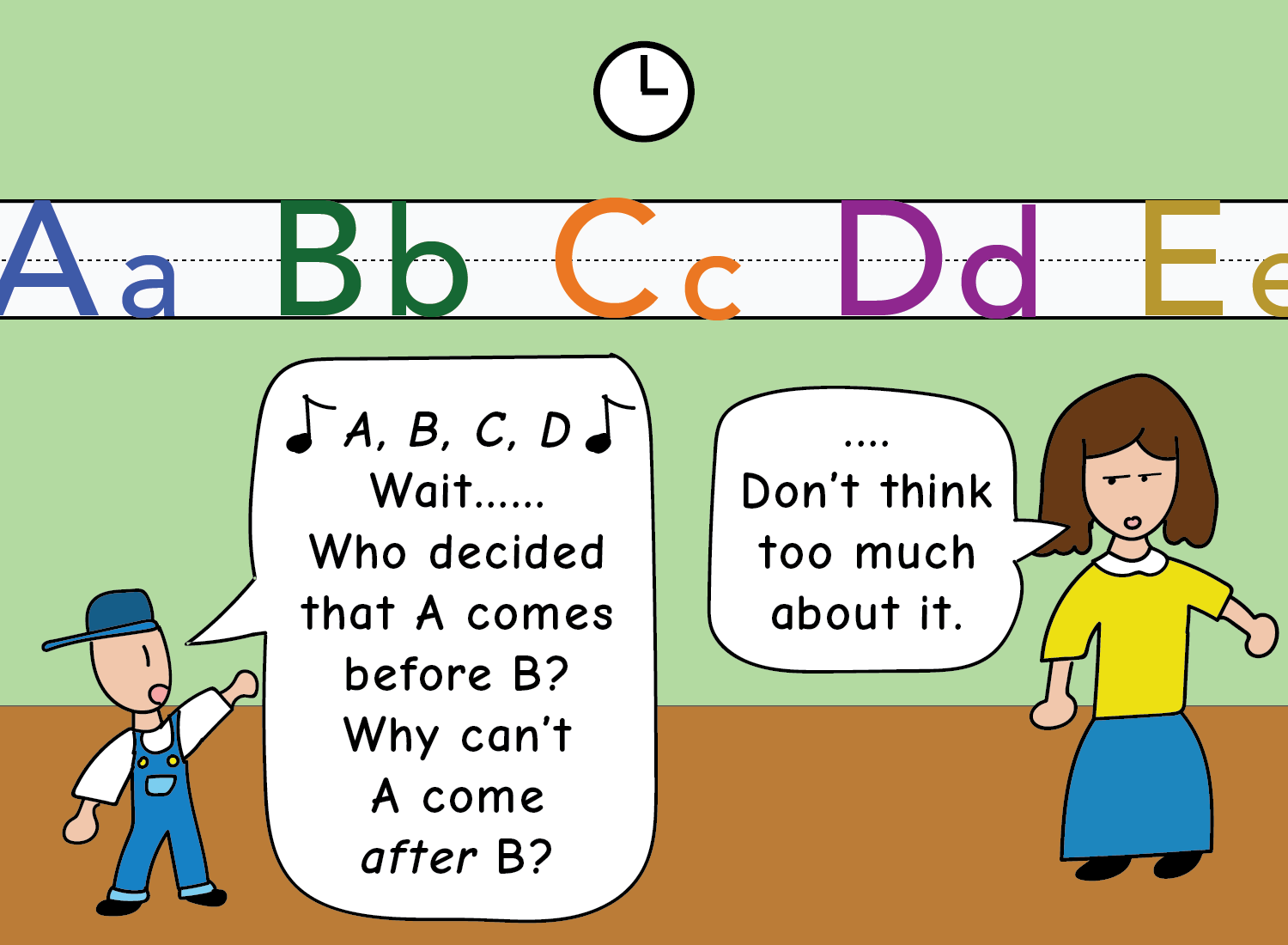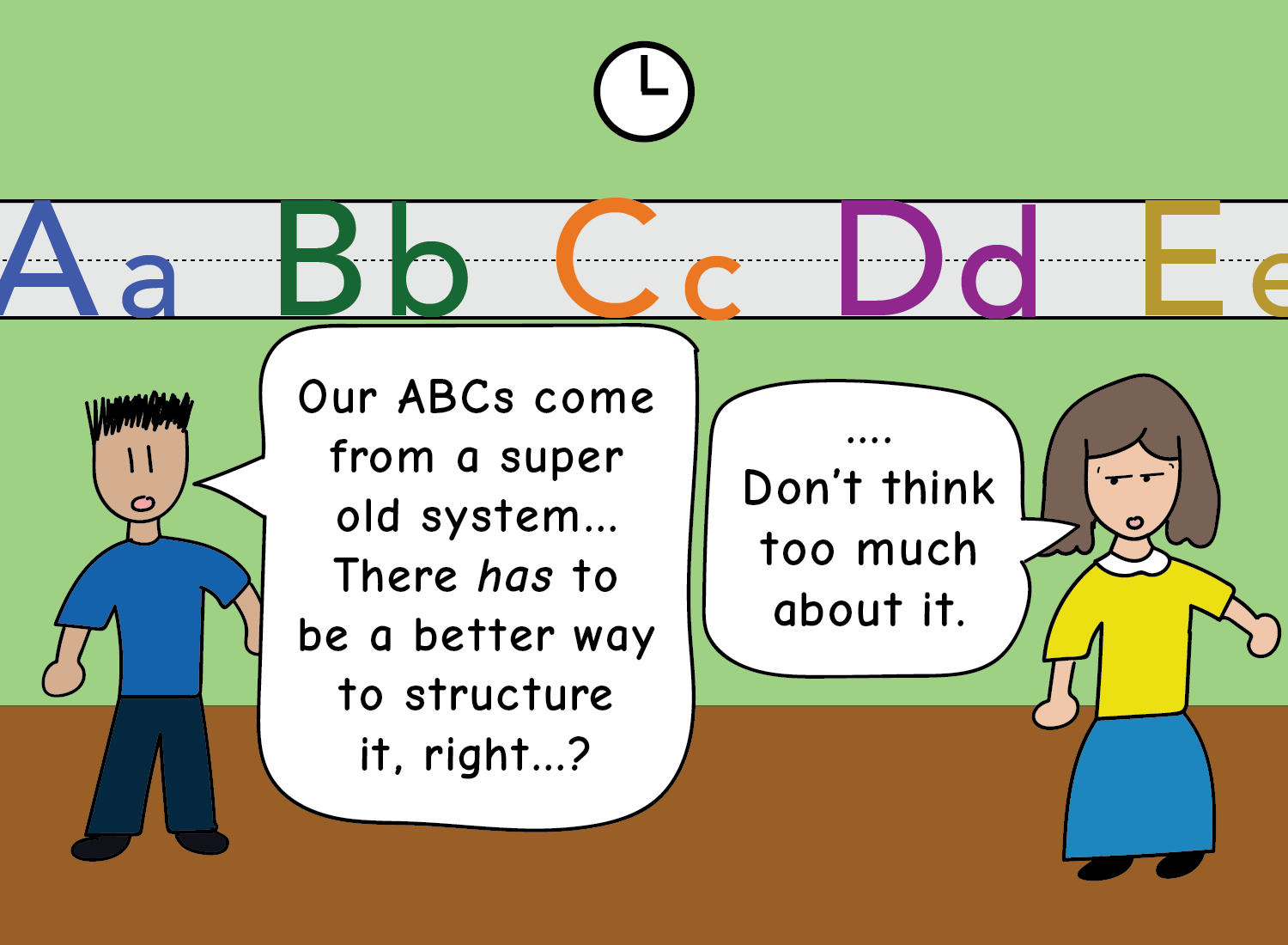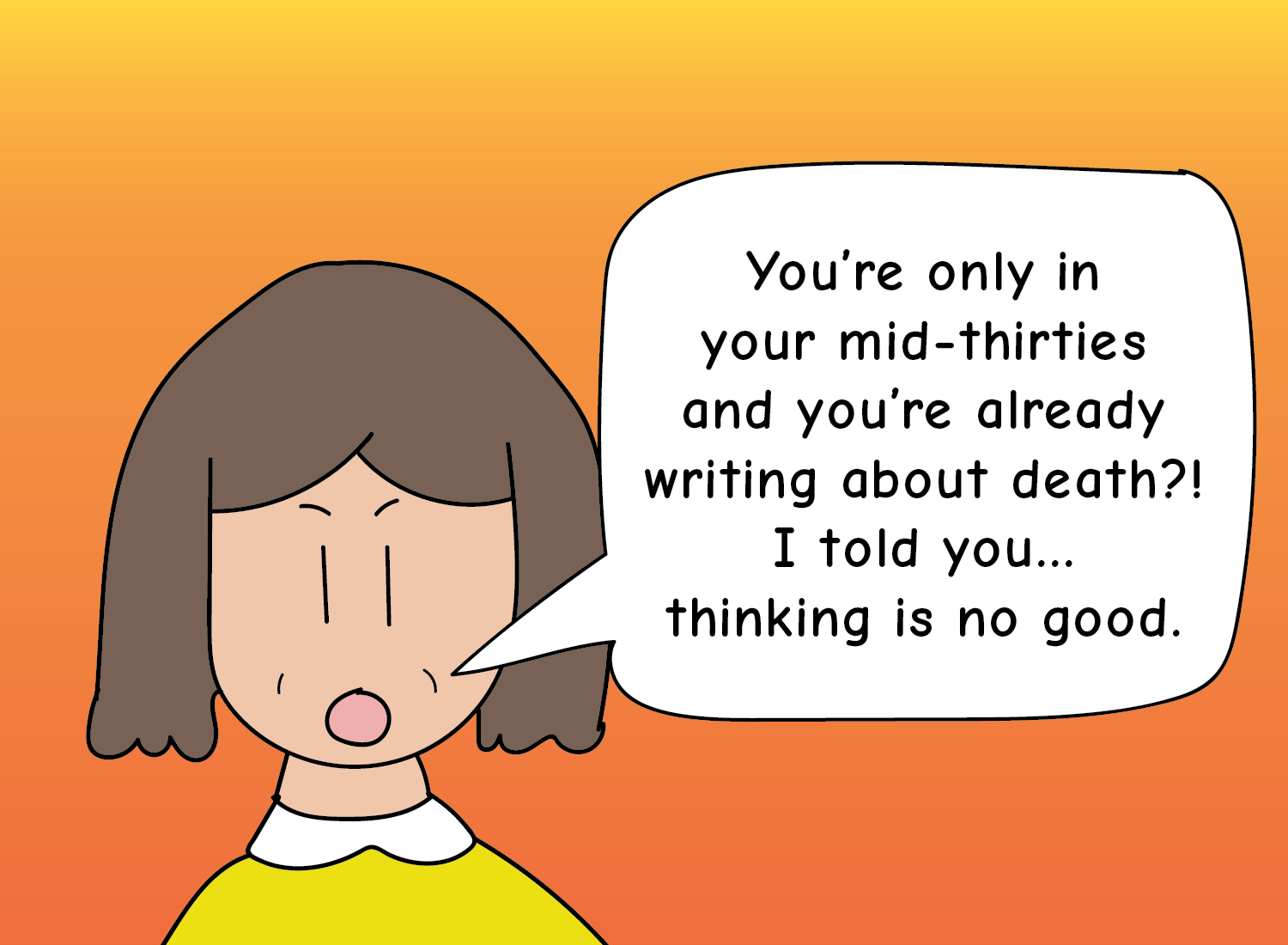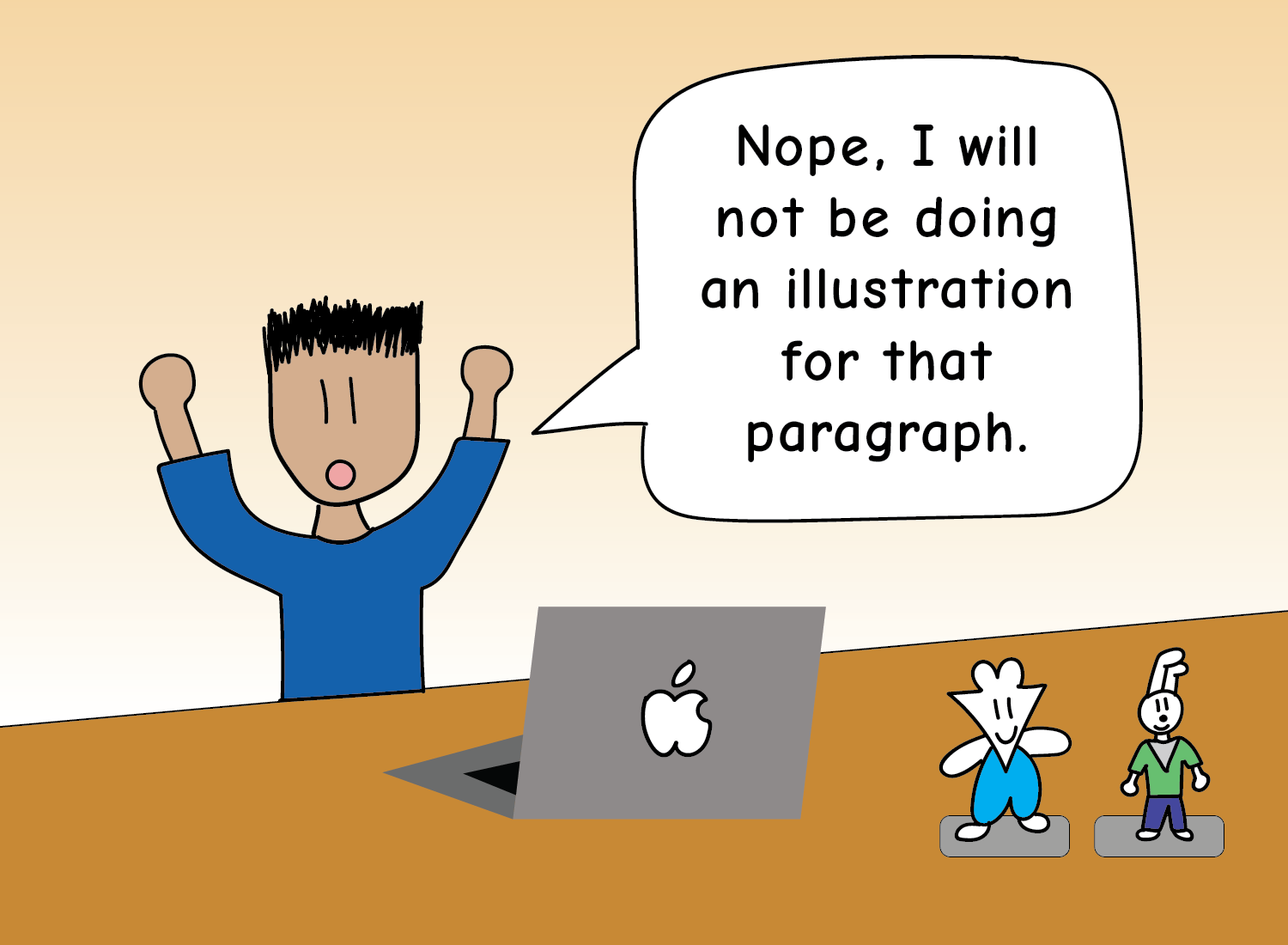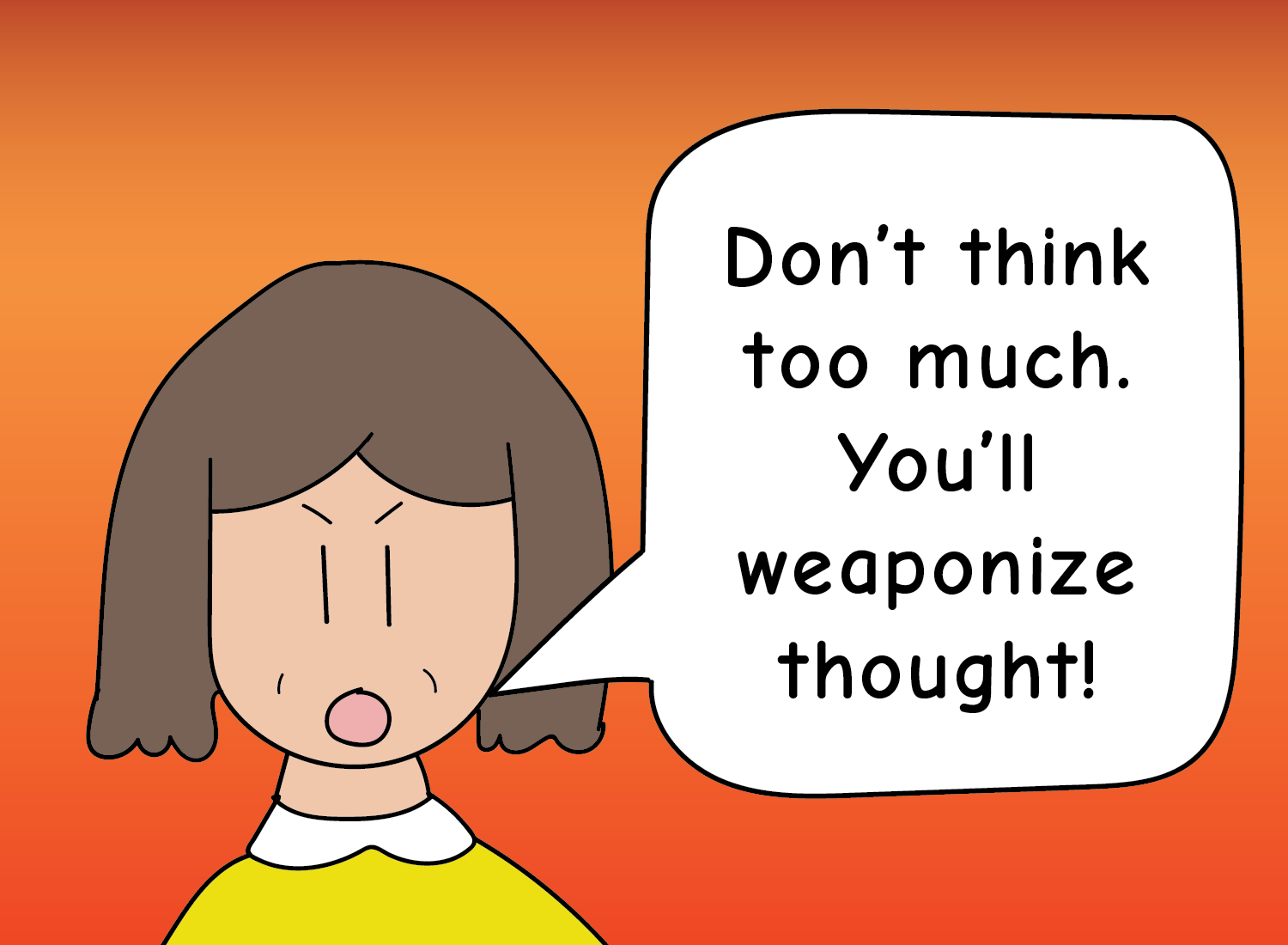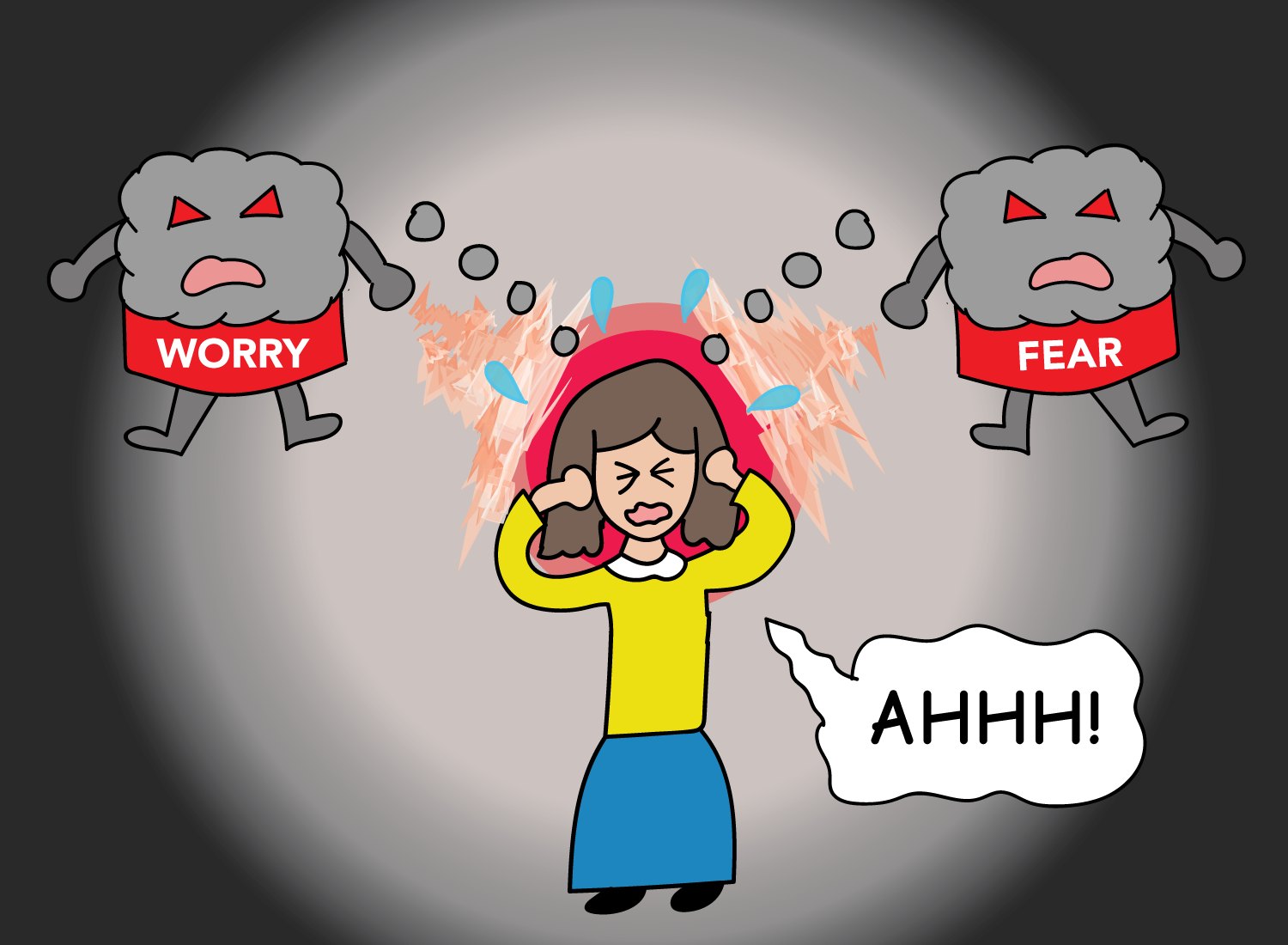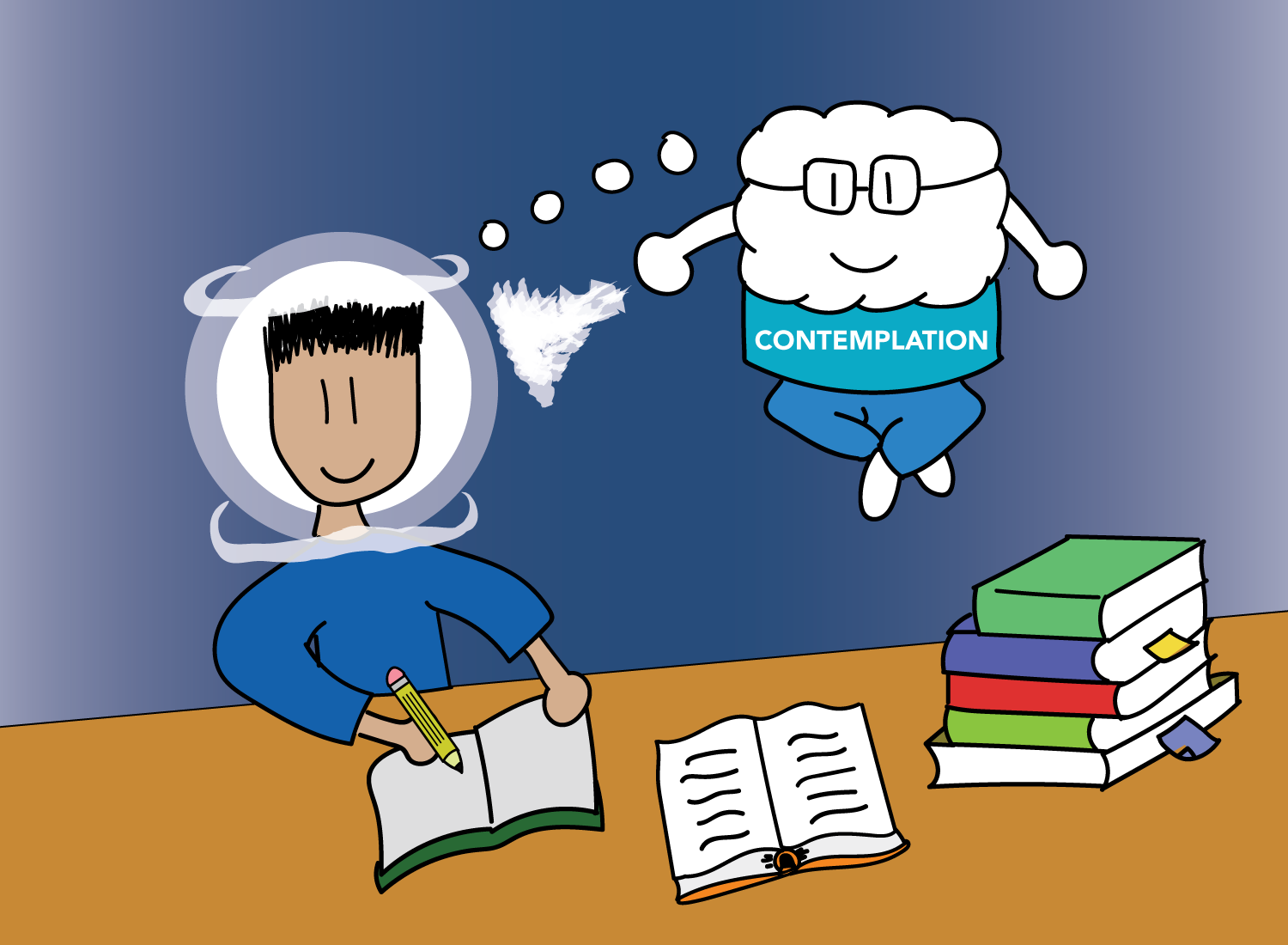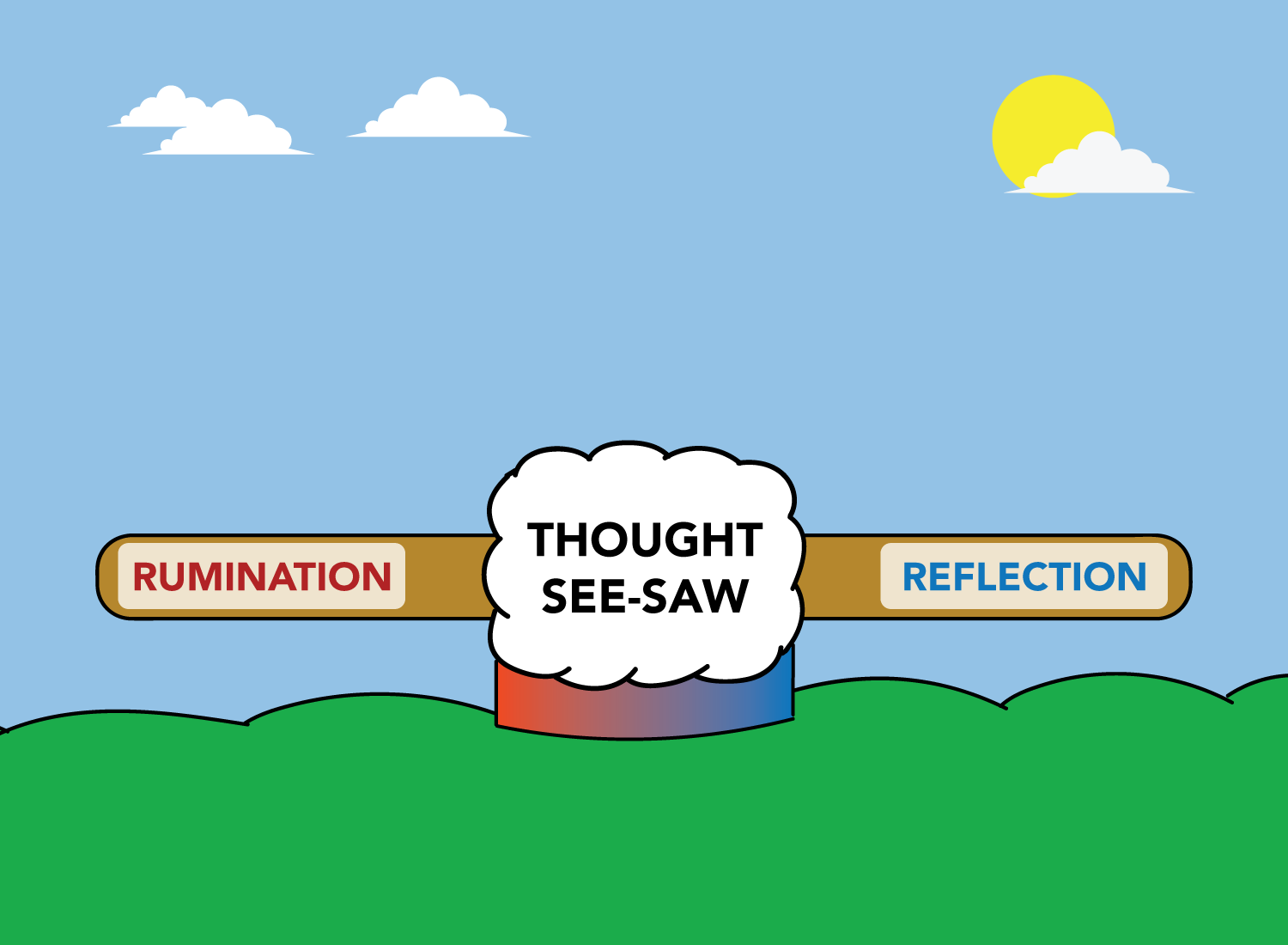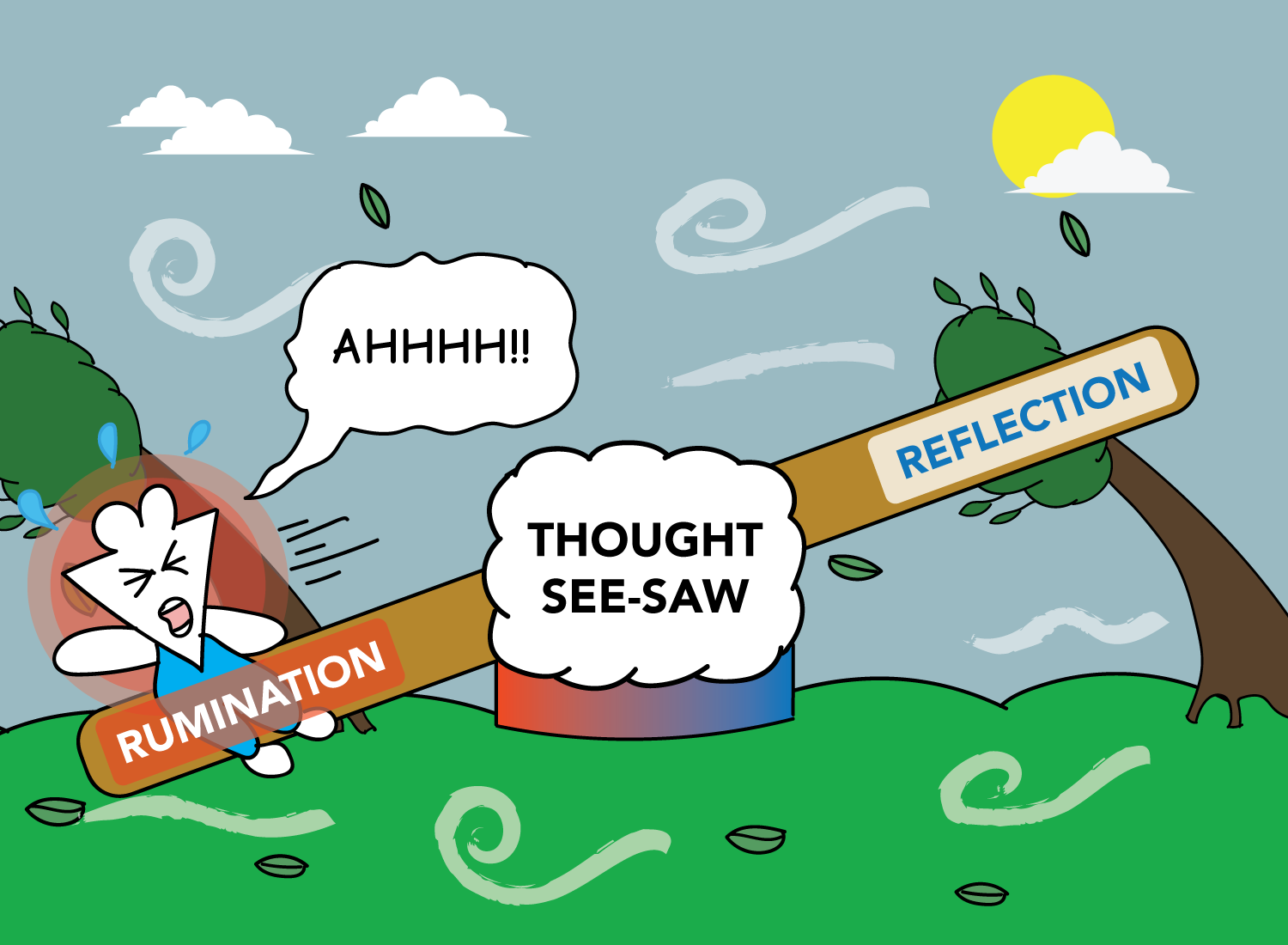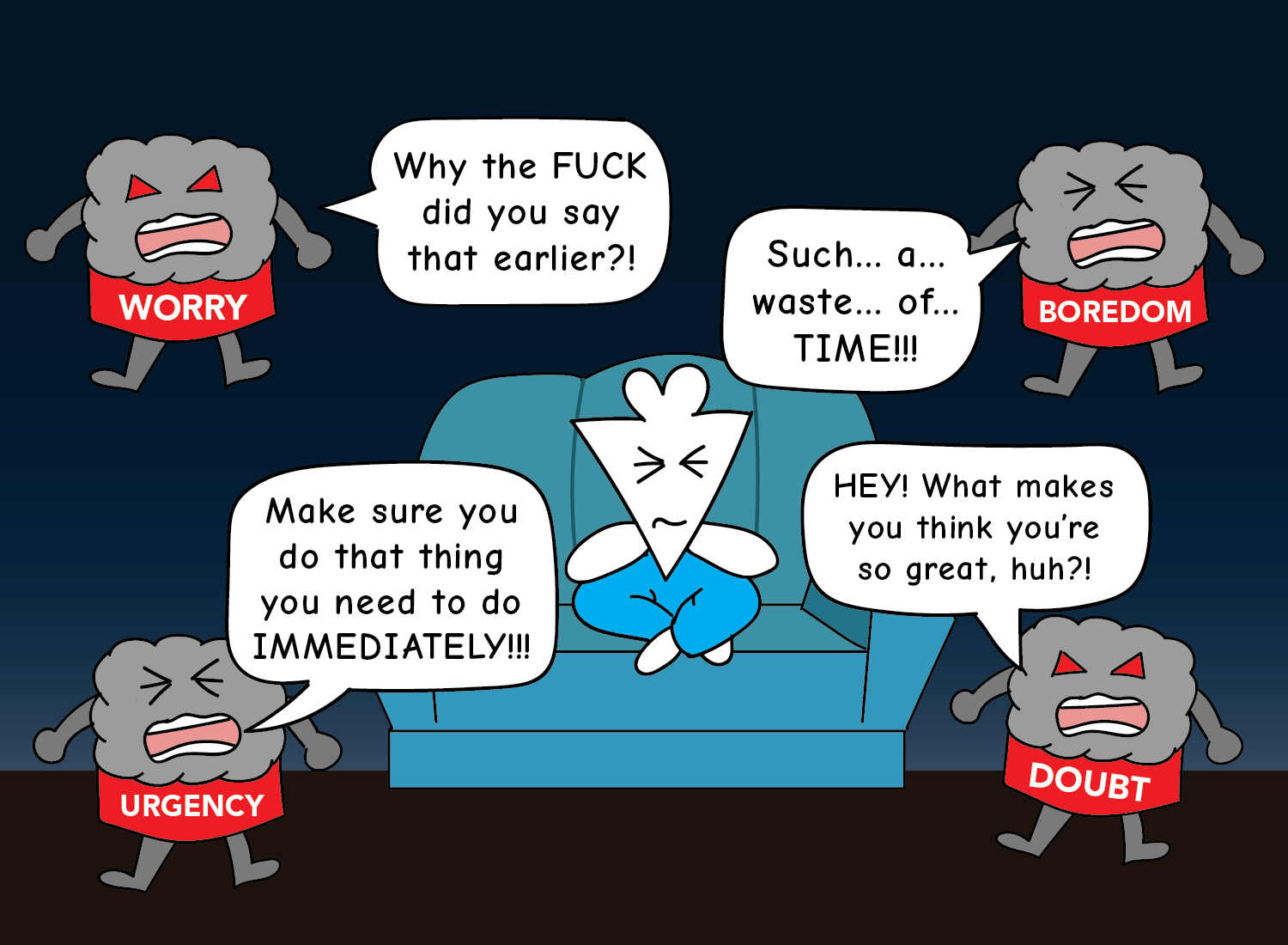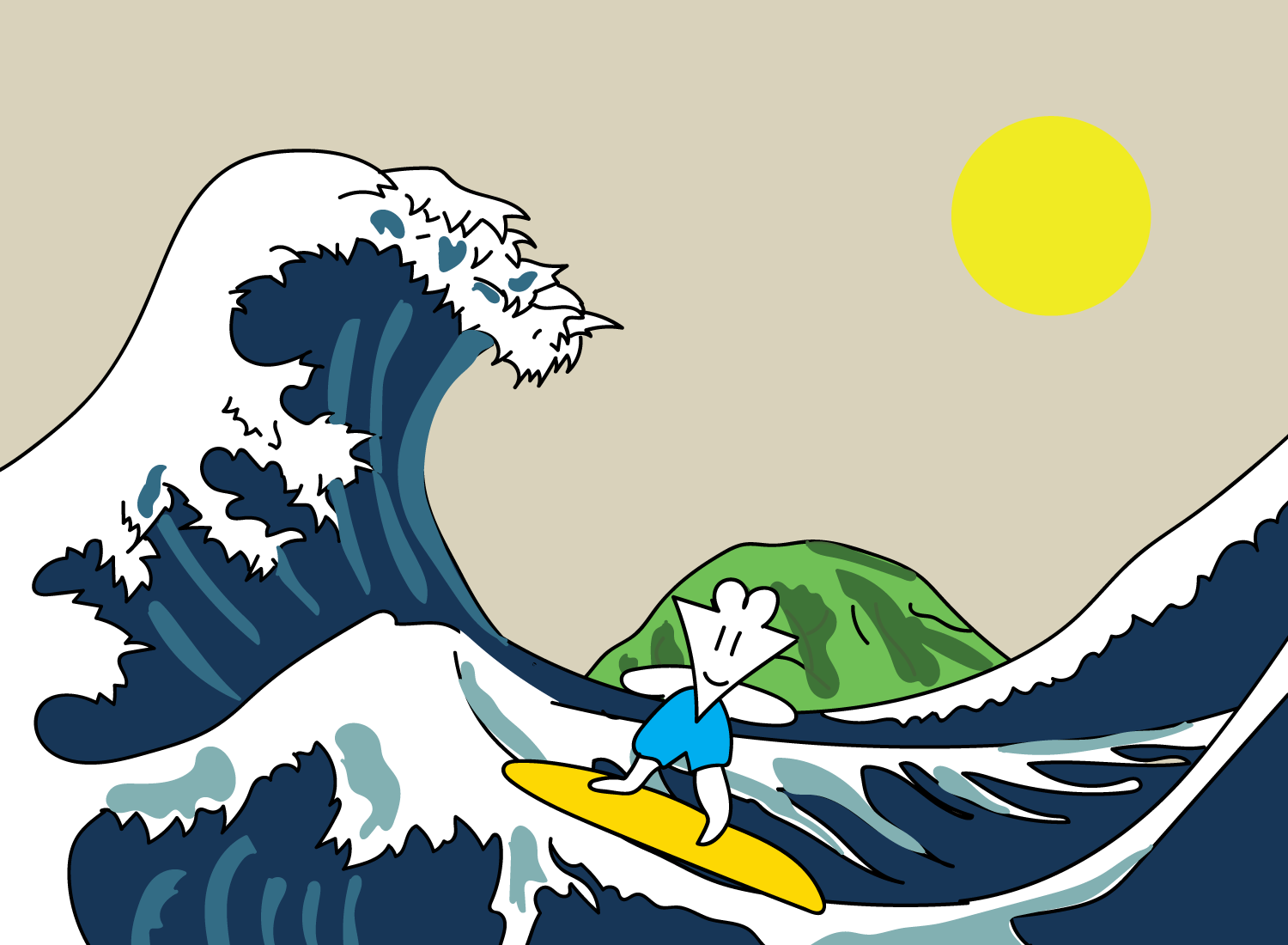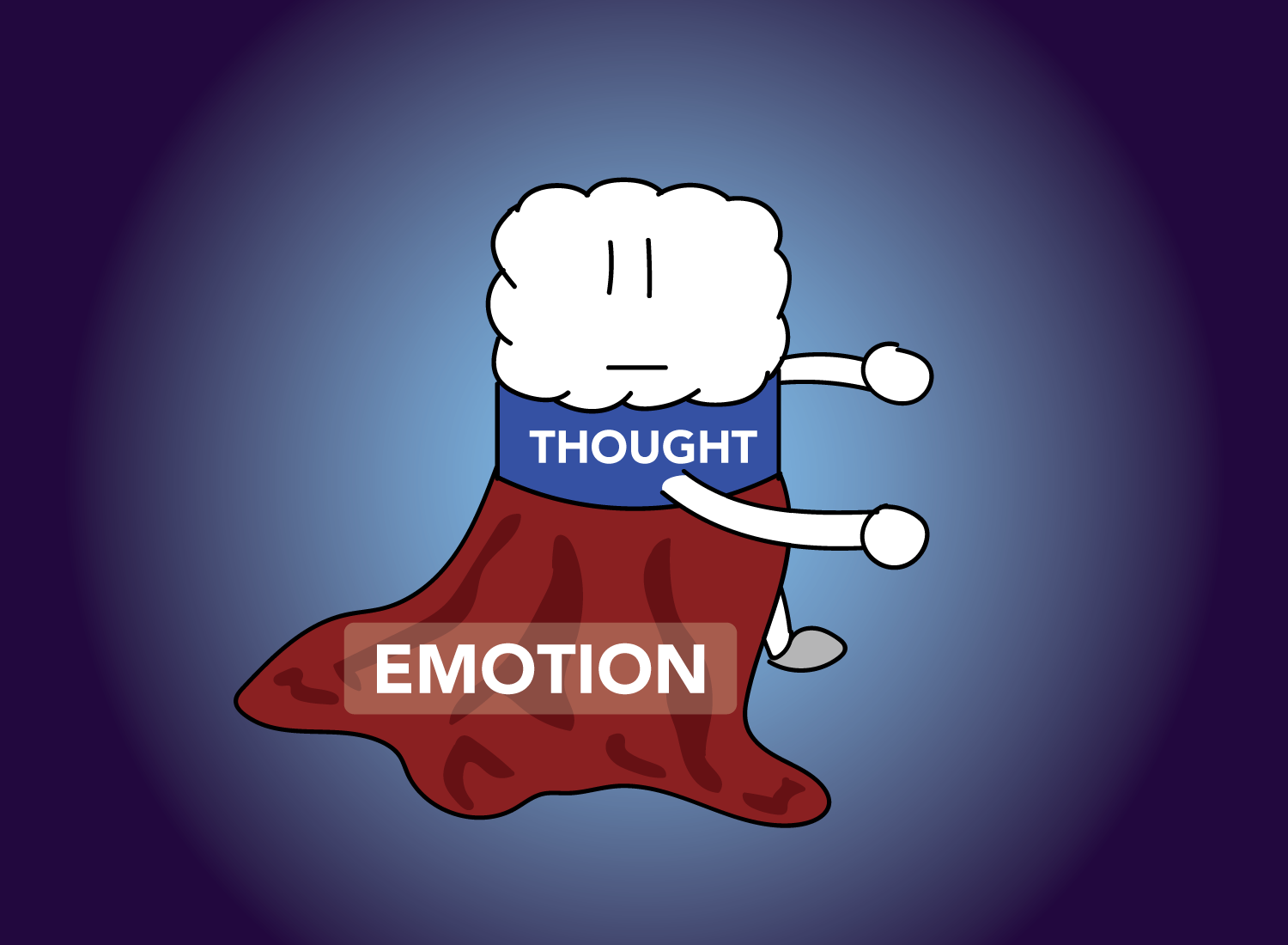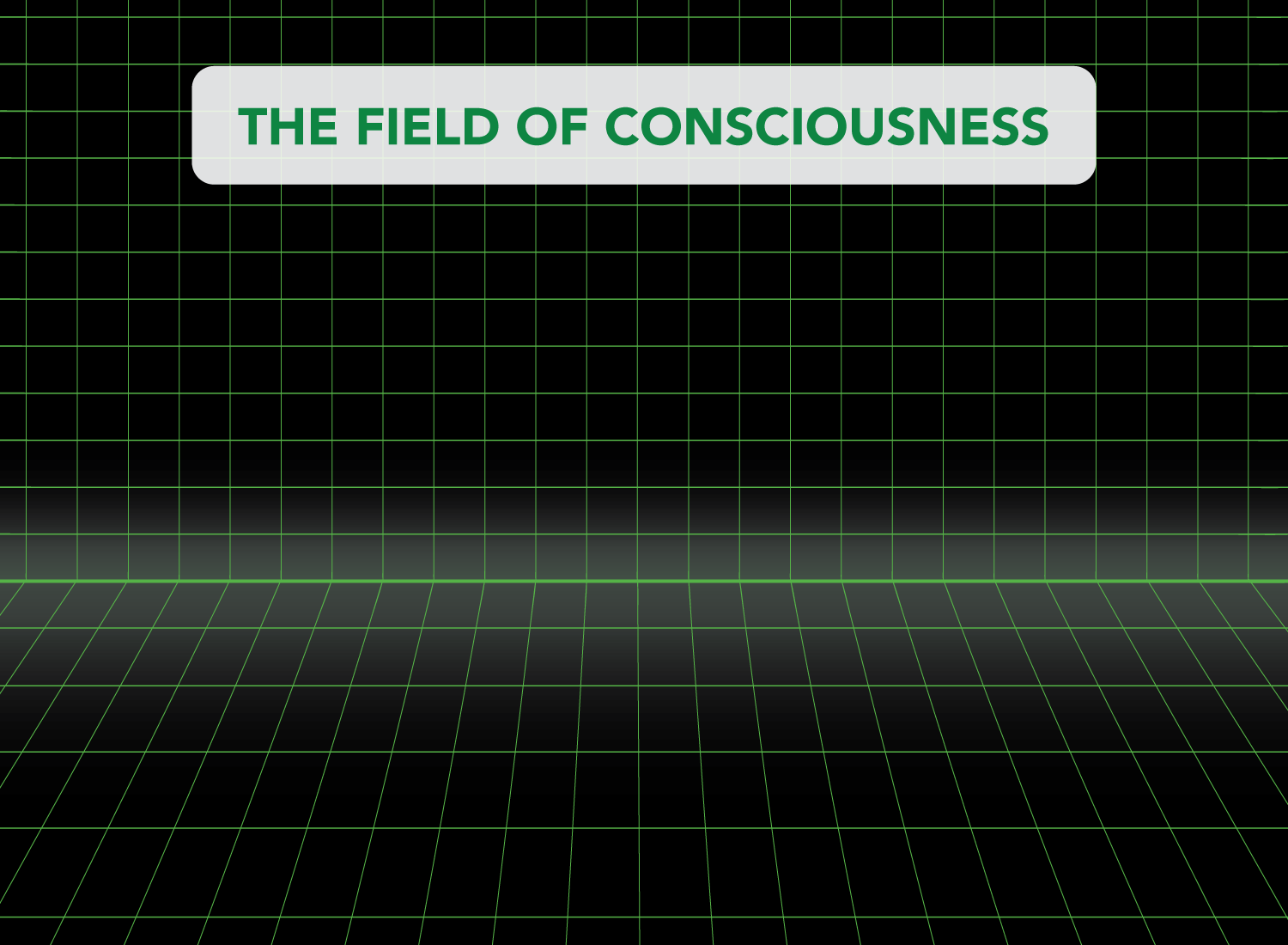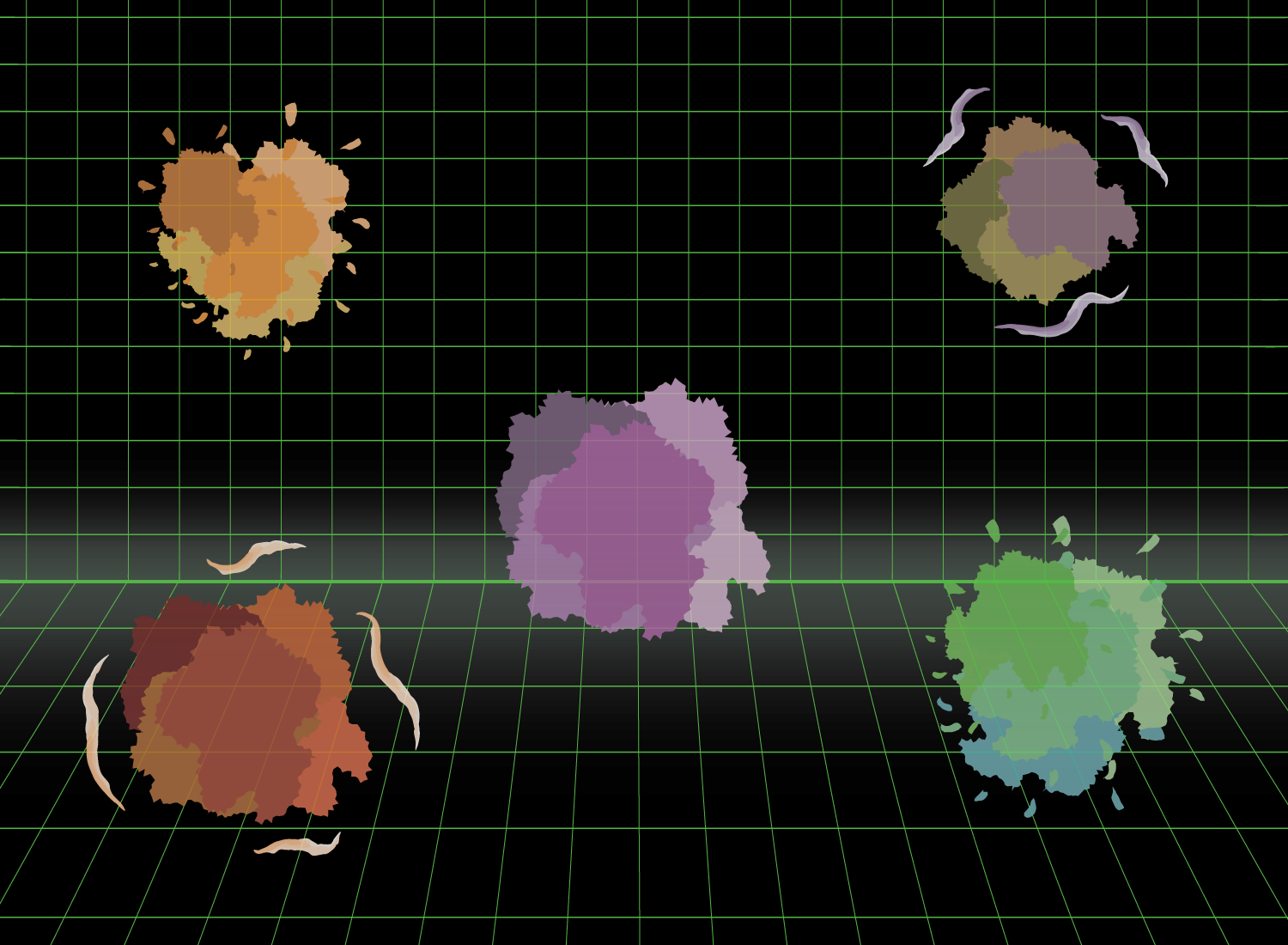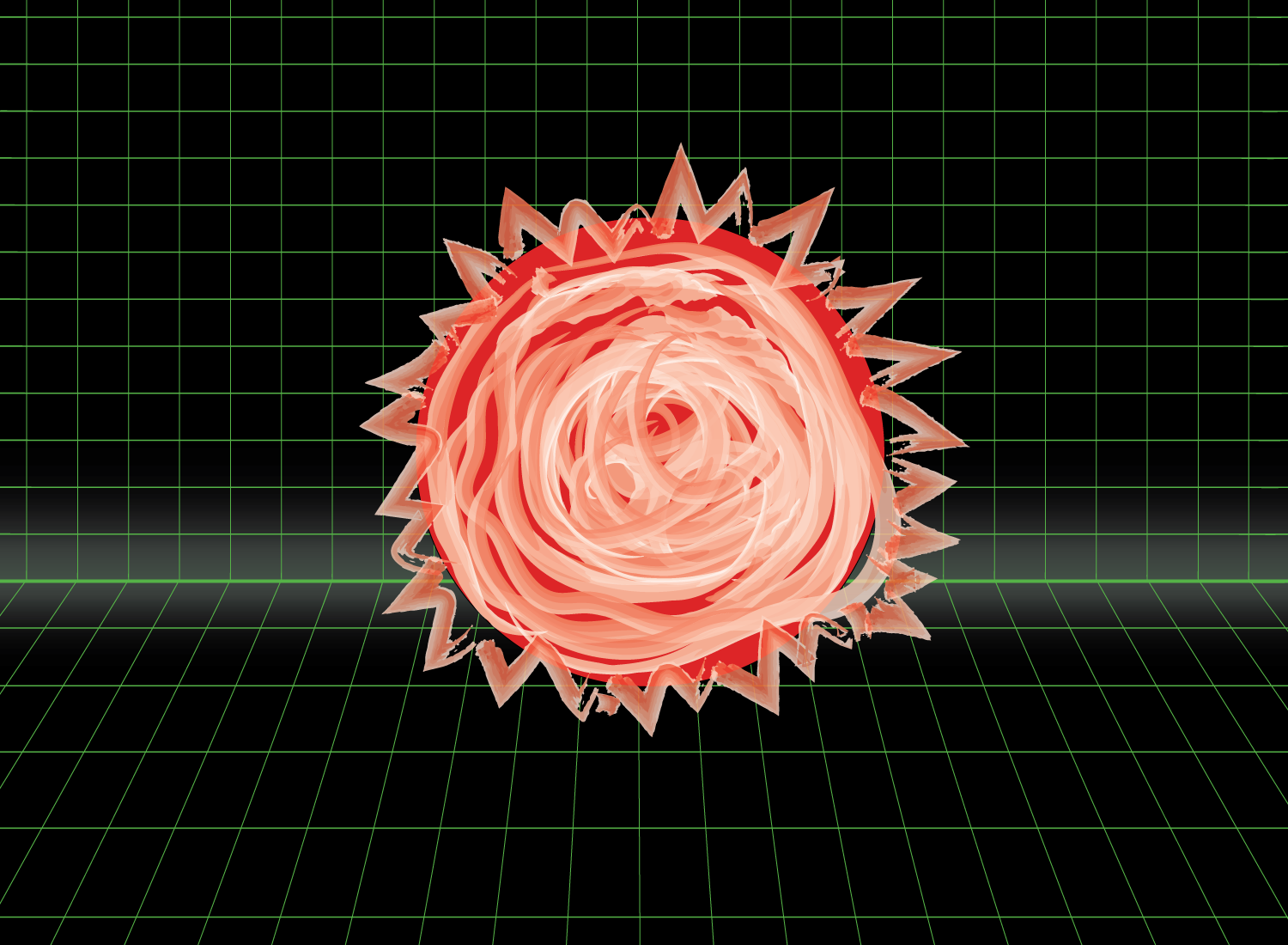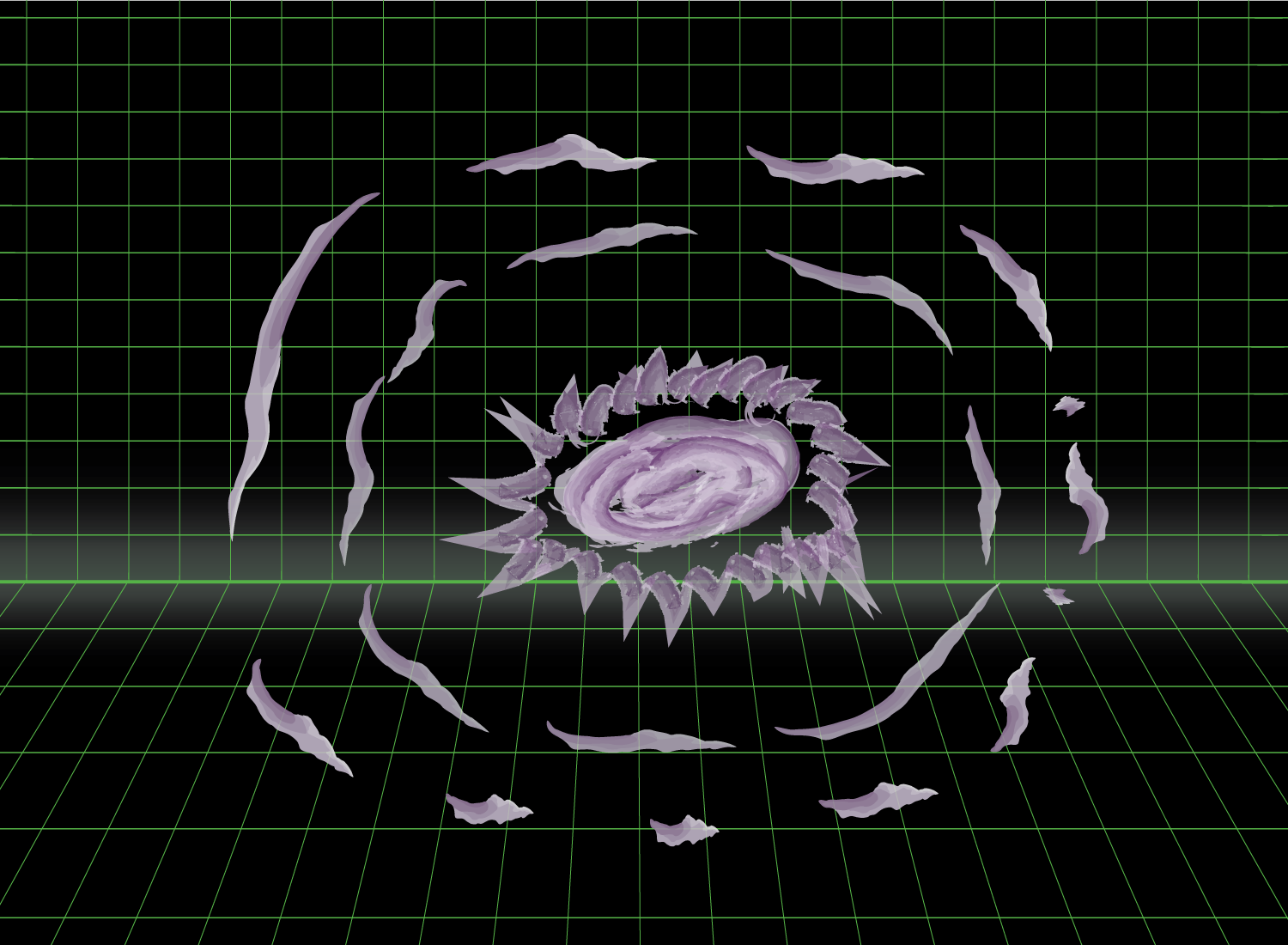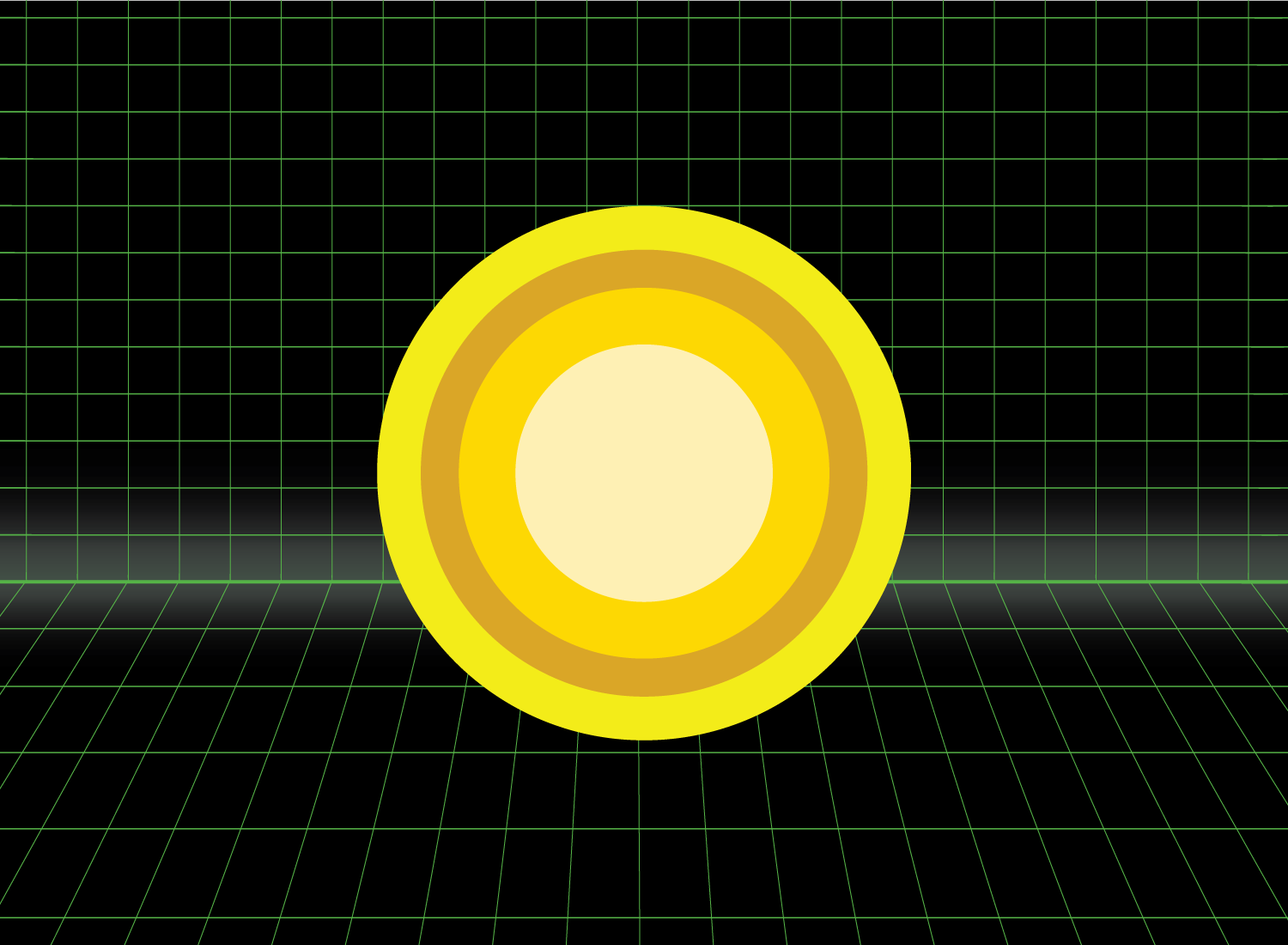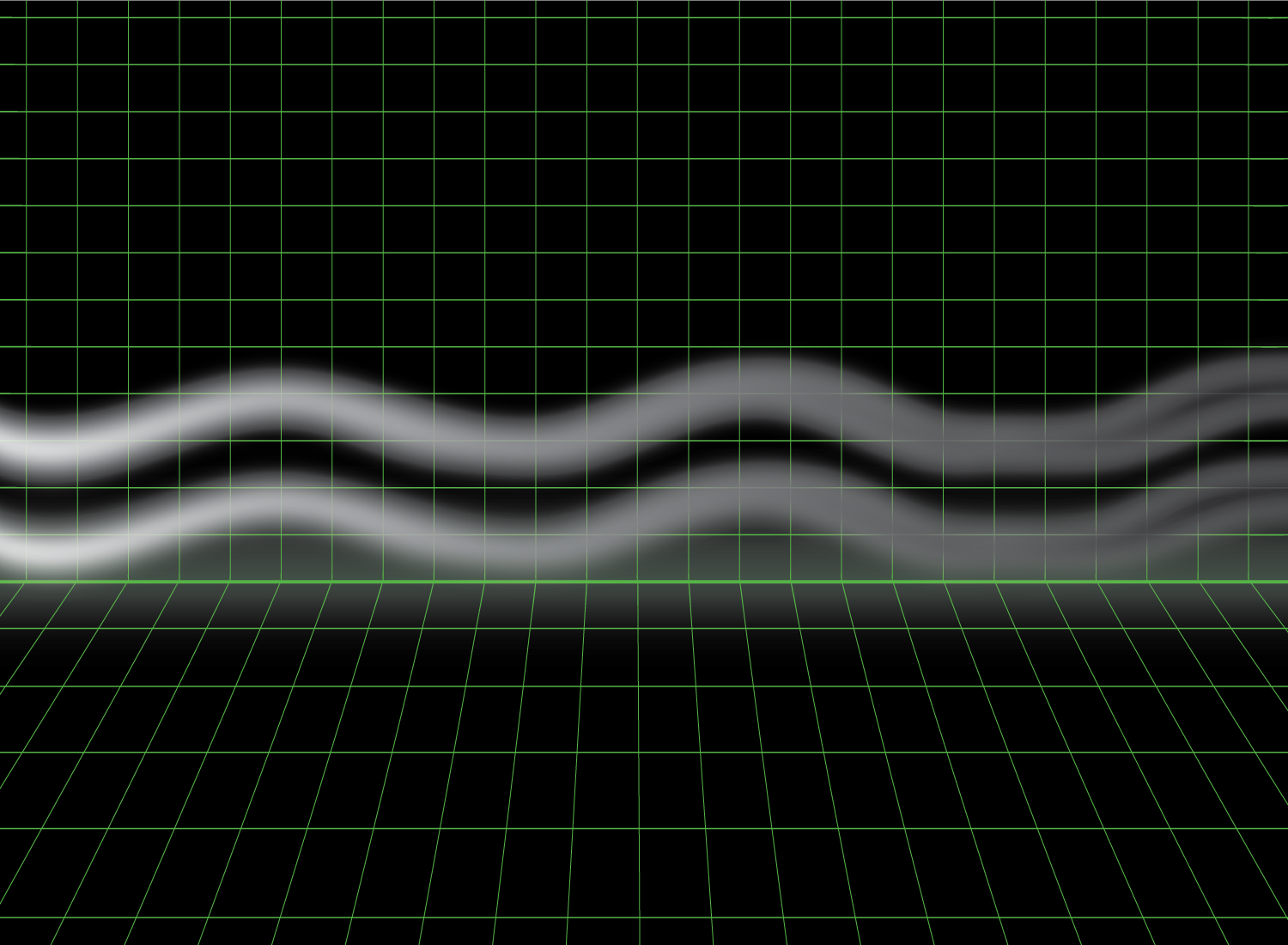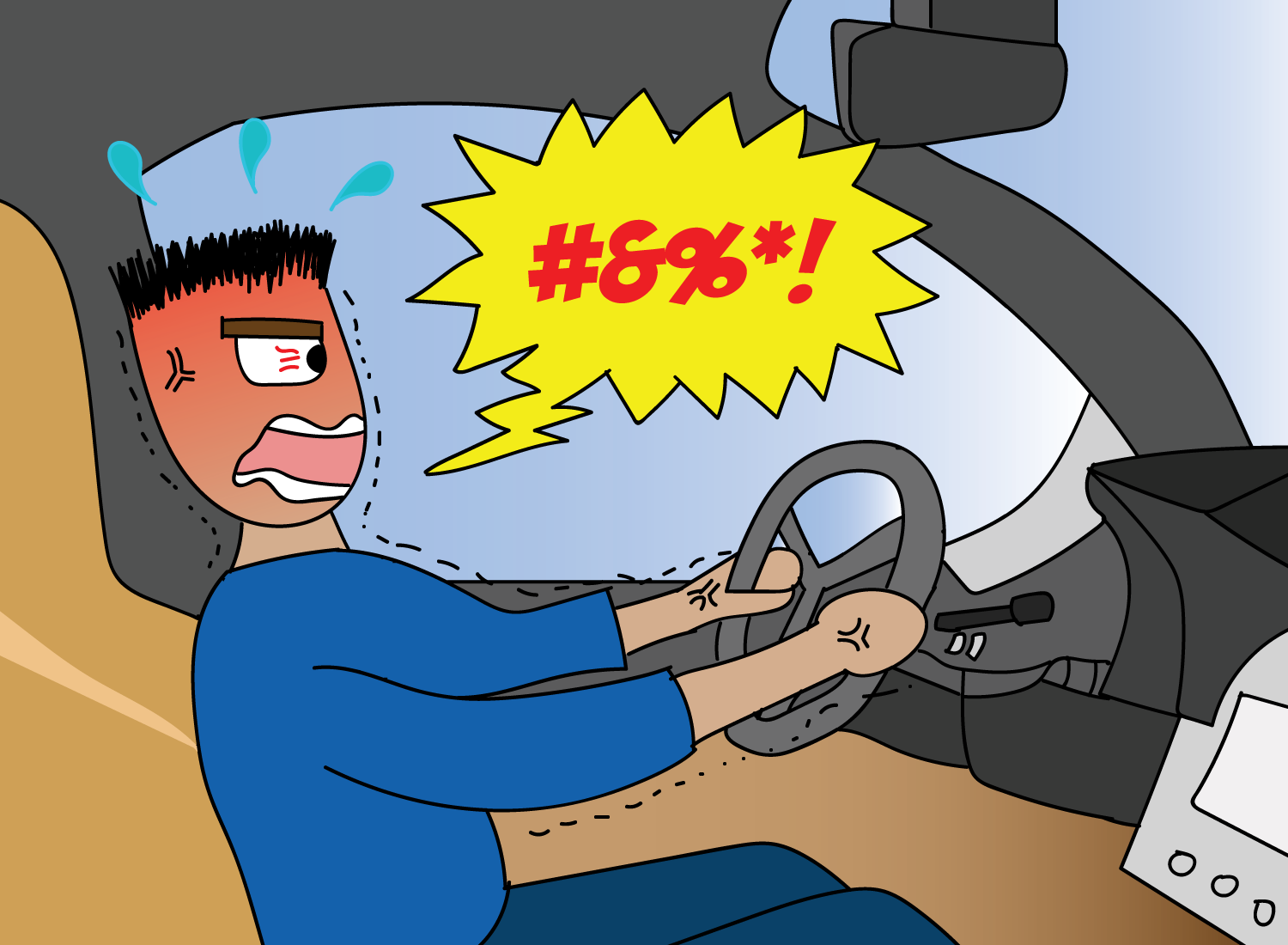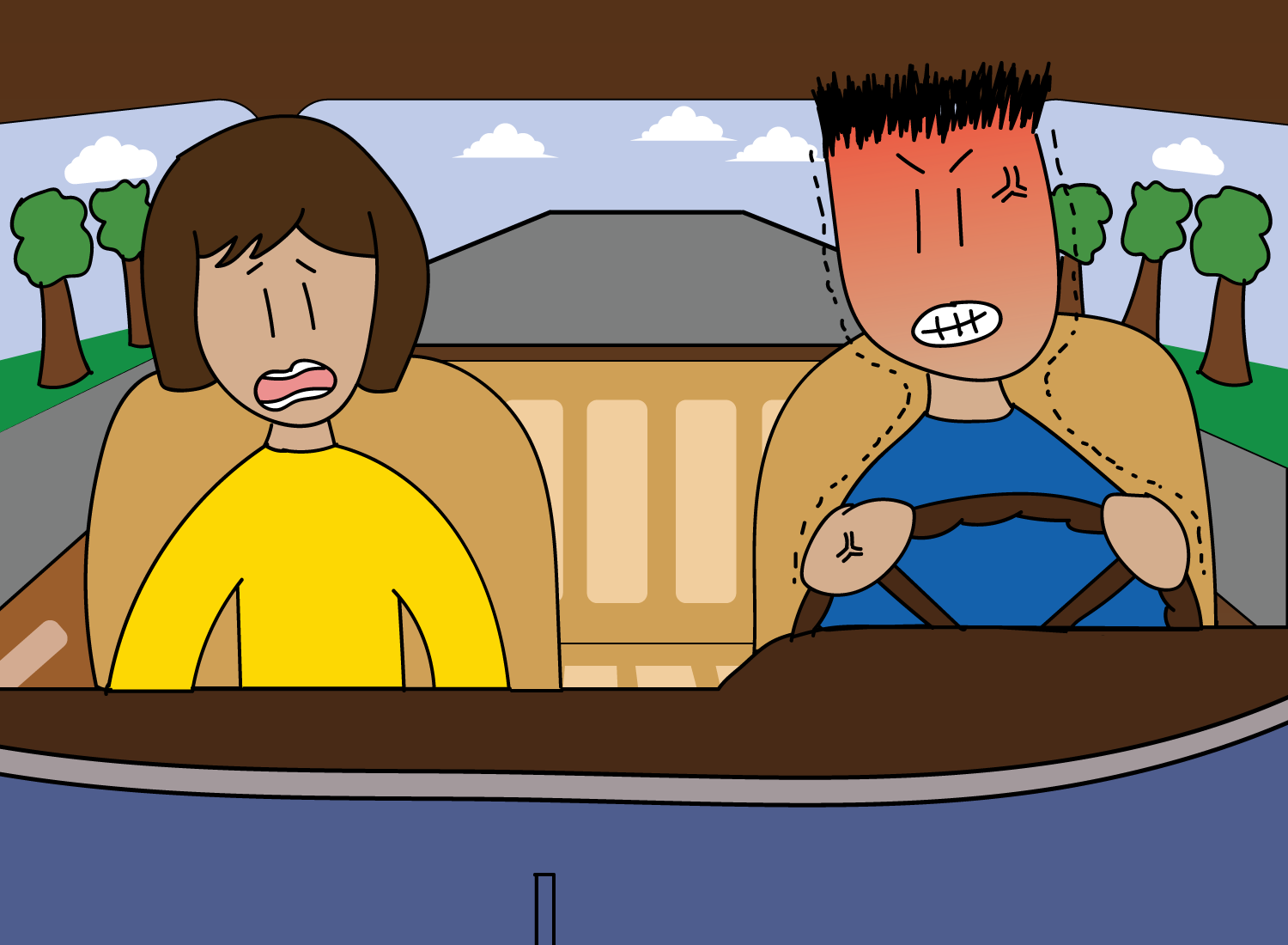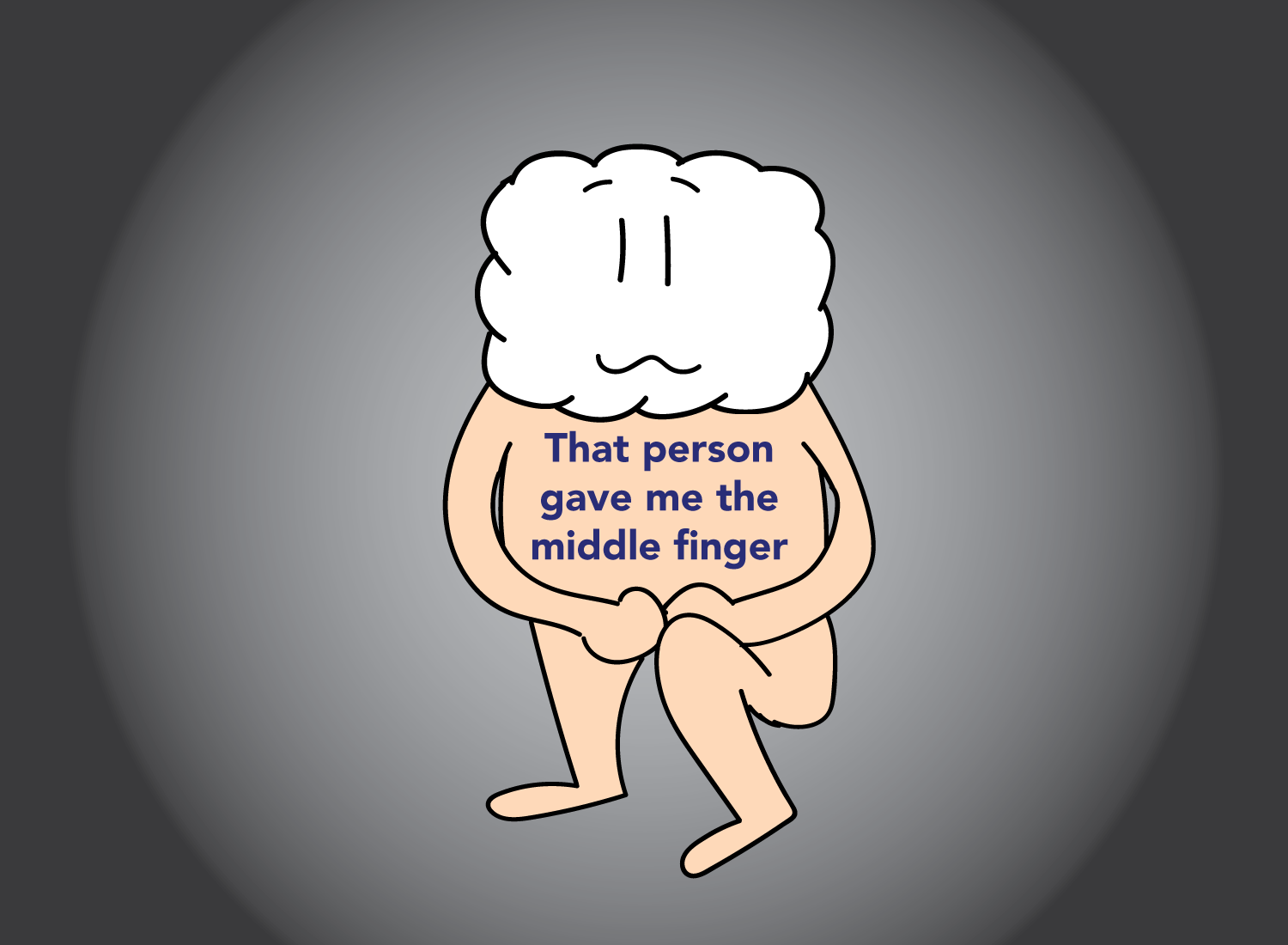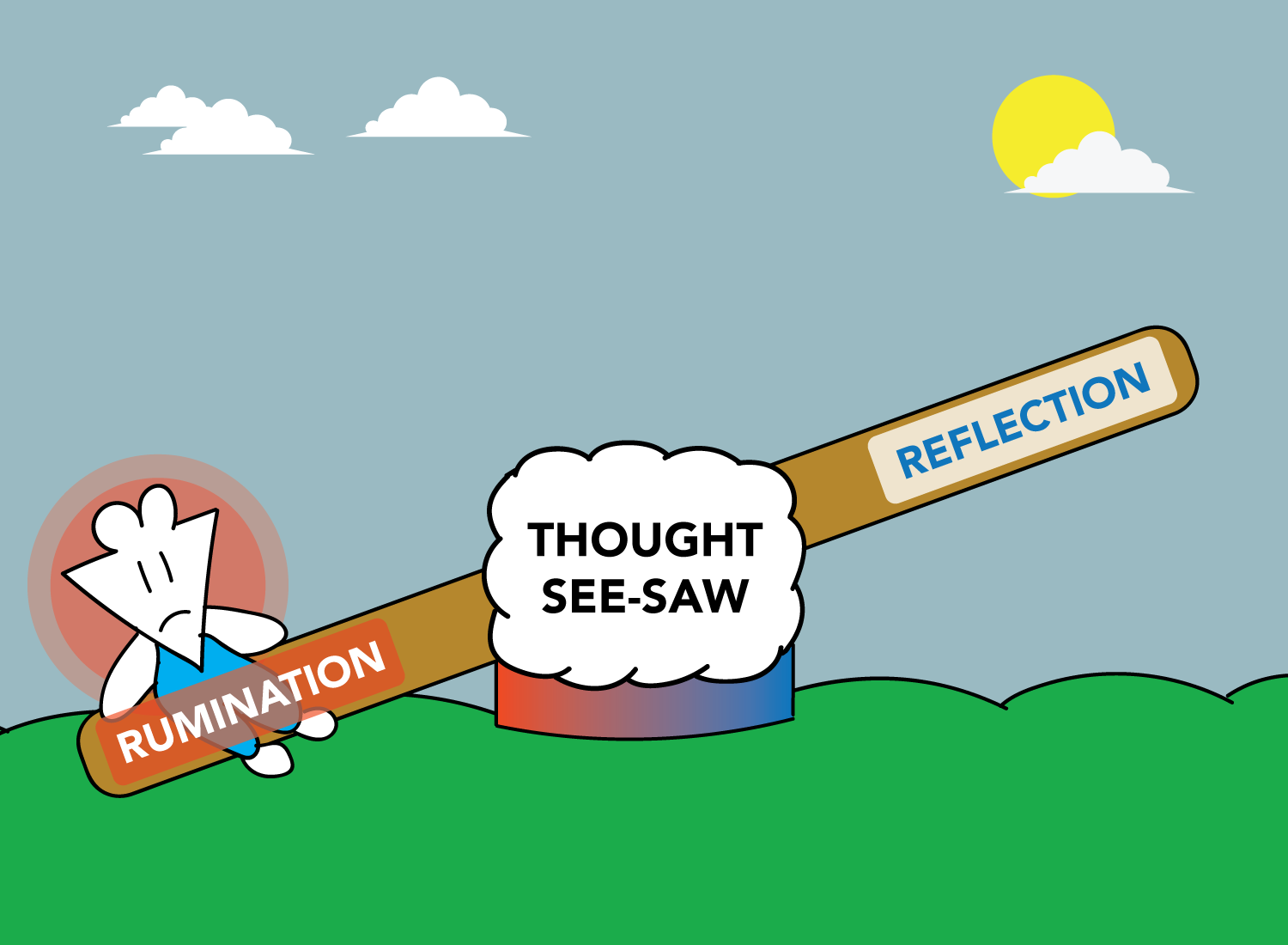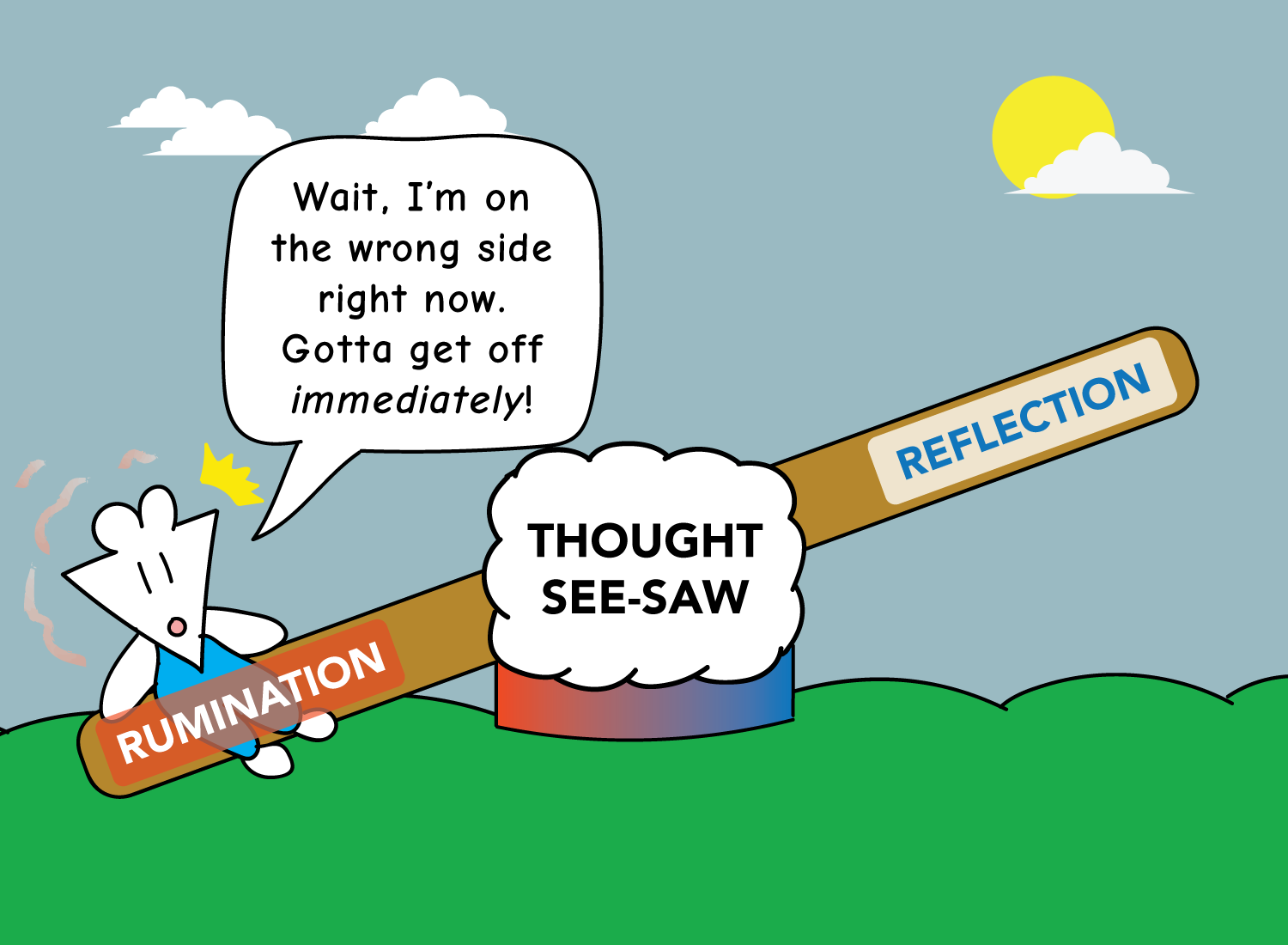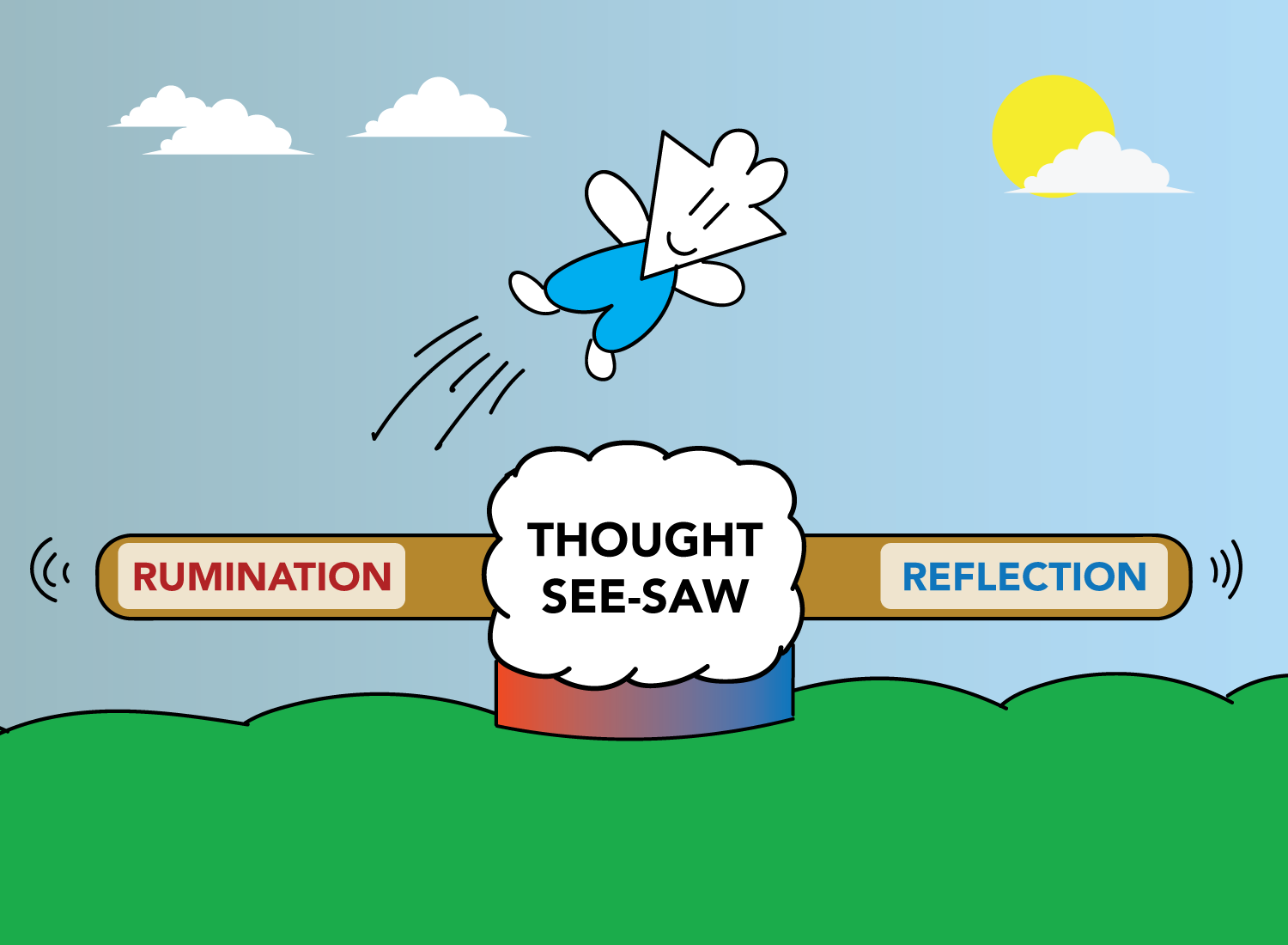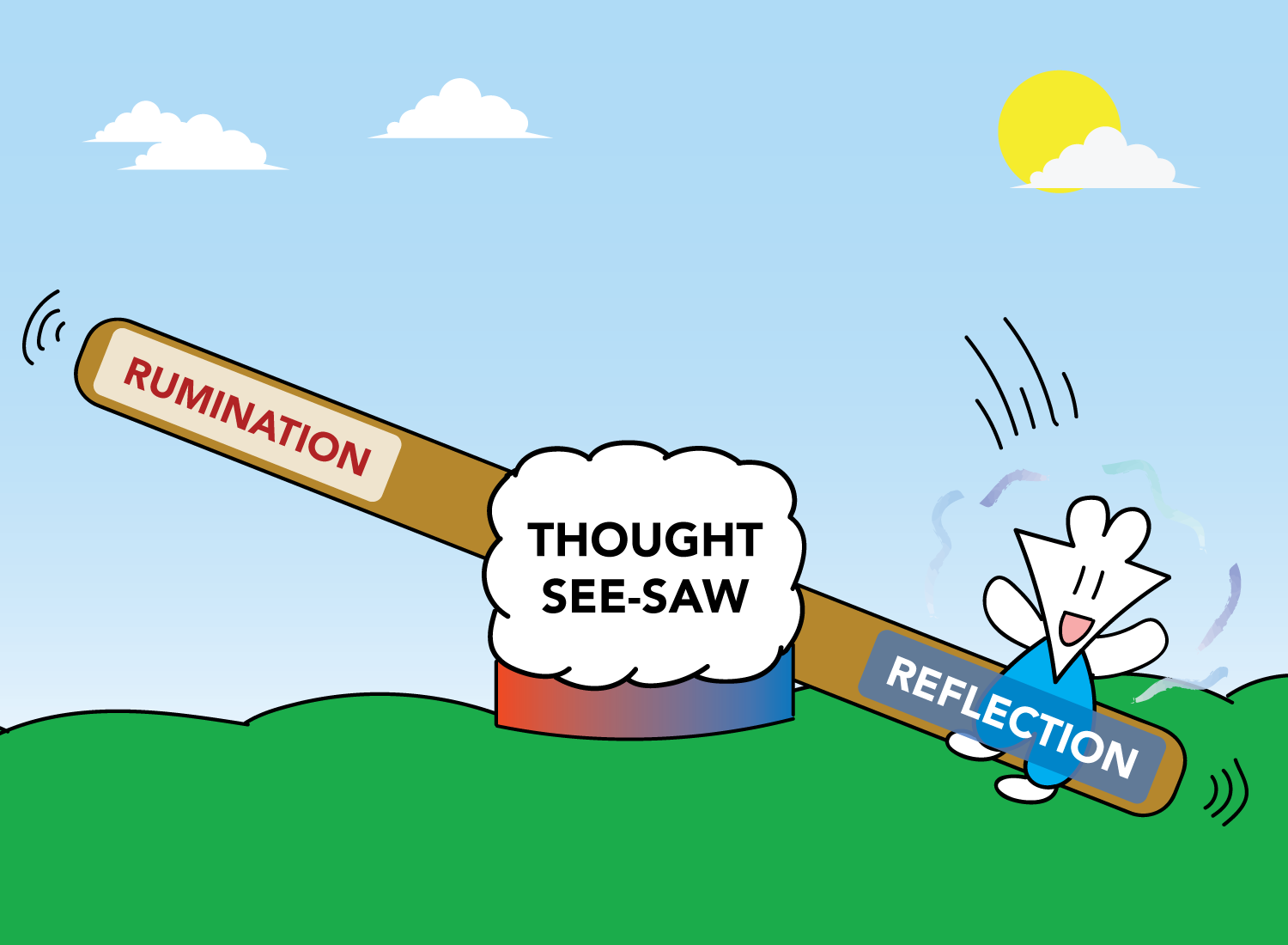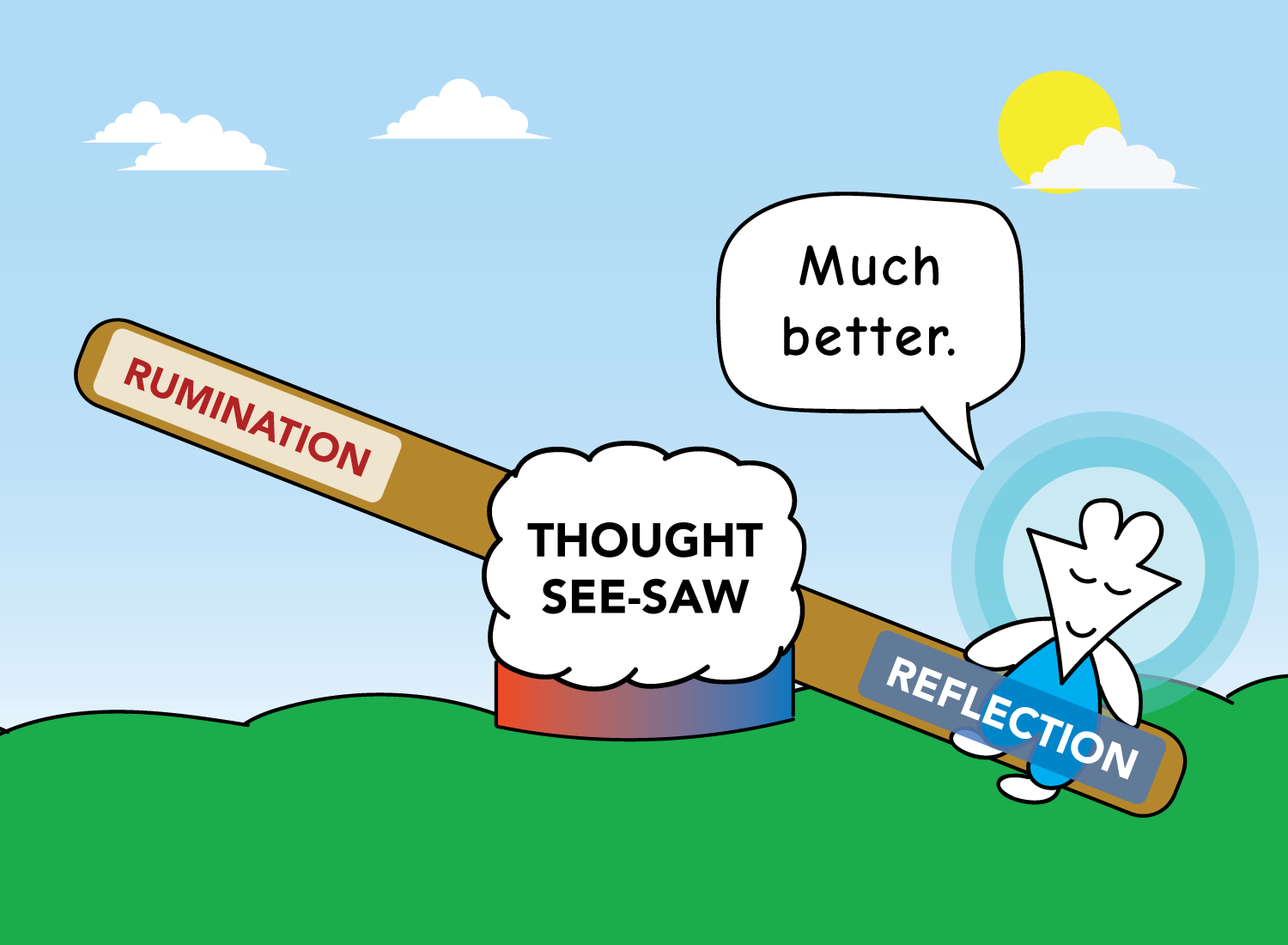The Right Side of Thought
If a loved one were to describe you as “someone who thinks a lot,” how would that make you feel?
Would you interpret that as a compliment, feeling somewhat proud of this designation as a ponderer of the world?
Or would you feel slightly insulted, interpreting it as a tendency to overthink things instead of defaulting to action?
A part of it would come down to how the loved one said it, but much of our interpretation is reflective of our ongoing relationship with thought.
Growing up, I often found myself wondering why things were the way they were. Thought was a fun tool to play with, but when I communicated these random musings to my mom, she liked to remind me that thinking too much about things wasn’t a productive usage of my time.
In fact, she tells me this even to this day.
My mom takes the view that frequent thinking doesn’t lead to anything fruitful, as asking too many questions about stuff gets in the way of taking action and getting shit done.
I, on the other hand, find a lot of joy in the process of thinking. In fact, this whole blog is a product of me thinking a lot about things like how knowledge works, our infatuation with travel, the reframing of death, and all the other topics I’ve touched on this weird site.
Regardless of which side you take, there is an inescapable reality to the consequences of human thought. To realize this, all you need to do is to stop what you’re doing for a moment and take a quick look around.
What you’ll find is that almost everything you experience is a product of thought.
The very smartphone or laptop you may be using to read this is the result of thousands of minds, all thinking together about what it takes to extract raw materials from the Earth, assemble everything into the singular shape you see now, imbue it with the properties of computational power, and cleverly market the resulting device so your hard-earned money is spent purchasing it. In fact, money itself is another product of collectivized human thought, with language (yet another product) being used as the tool to facilitate its construction and distribution as a store of value.
Almost everything we tangibly interact with everyday has been touched, molded, and modified by thought.
This is also true for all the intangible forces that govern and shape our worldview as well. Ideologies and systems such as law, religion, science, art, philosophy, human rights, history… the list goes on.
Some argue that these intangible systems create the material world, while others like to believe it’s the other way around. Whichever way you view it, it’s undeniable that thought is the irreplaceable fuel of our existence, powering every gear and component necessary for humanity to survive.
So if thought is the great thing responsible for the evolutionary backbone of our species, why has its reputation been so shitty this whole time?
Well, if you take those same thousand people making the smartphone above and direct their attention to building a nuclear weapon instead, the story shifts quite dramatically.
If there’s ever a universal lesson about thought, it’s that it can help us immensely, but can just as easily destroy us. Toxic ideologies such as racism, sexism, and classism are all the byproduct of misdirected thought. Things that human beings have grown to cherish – like art, philosophy, and science – can become sources of absolute hell and misery when taken hostage under the hand of malevolent thought. One has to look no further than the use of propaganda and eugenics under the Third Reich to see evidence of this terror.
However, I have a feeling that most of you are not wrestling between using thought for good and using it for terror. The issue of choosing between enlightening ideas and toxic ones may certainly represent a struggle for us, but I’m pretty sure that this battle wasn’t what my mom was referring to when she was telling me to stop thinking so much.
Rather than referring to the usage of thought, she was commenting on what she believed to be the innate character of thought. At its baseline level, what is the texture of frequent thought? Is it smooth, allowing for a steady, fluid current of evaluation, or is it rough, causing violent waves to rise and crash in the ocean of your mind?
My mom tends to associate sustained thought to be more of the latter, causing it to be the source of pointless worry and fear.
Whereas I like to view sustained periods of thought as the only accessible avenue of examination and contemplation.
Interestingly enough, these two perspectives act as the universal endpoints of a see-saw representing our quality of thought – with Rumination on one side, and Reflection on the other.
I call this the Thought See-Saw, and while it features two prominent sides, the truth is that we are rarely sitting at the endpoints of it. Although I’d like to think that sustained thought is a reliable pathway to profound insight, I can easily find myself on a train of thought that is taking me to a pit of anxiety and fear. In fact, I find myself in these situations so often that it makes me wonder if intently thinking about something is worth the potential cost of another thought coming in and hijacking me away. After all, if you have the ability to examine your life in a thoughtful manner, you have just as much capacity to worry and ruminate about the very things you’re examining.1
So the reality is that the see-saw is more like a spectrum, and we could be sitting anywhere between the endpoints at any given moment. My mom has likely found herself in a healthy thread of thought while reflecting on the course of her life, which helped to clear up her vision of the future. But it’s also entirely possible that in that very same hour, a worry about something she said earlier struck her as well. Of course, it’s not just my lovely mother that experiences these continuous shifts – it’s all of us. Thoughts swarm and bombard us every moment of the day, and much of the time, we are at their mercy, being pushed and blown around by their contents.
Thoughts are so powerful because each one offers a deeply compelling interpretation of our reality. It has the unique ability to assign meaning to a given event, as the event itself doesn’t intrinsically come with an associated emotion. For example, if we get laid off from a job, the layoff itself is simply an objective event with no innate, emotional character – it is only the resulting collection of thoughts interpreting the layoff that causes fear and anxiety to emerge. As the Stoic philosopher Epictetus said, “It isn’t events themselves that disturb people, but only their judgments about them.”
This power of interpretation has created the cultural, technological, and ideological infrastructure we live in today, but in the process of building it, we humans have learned to overidentify our very existence with the very thoughts we have about it.
We like to believe that we are the conscious authors of our thoughts, believing that these intentions and directives come from a structured, orderly place where willpower reigns supreme. However, if you take a brief moment to sit down in silence for just a minute or two, you’ll notice that the nature of thought is anything but that. Almost immediately, a ruthless onslaught of thought will assault you about kinds of menial shit – things you have to do later, things you’d rather not do, things that you said earlier in the day, things that you regret you didn’t say, things you did in the past, things you hope for in the future, the barrage is endless. That minute of silence will feel like an hour of incessant chatter, with each thought maniacally screaming out for some of your valuable attention.
This is the true nature of unchecked thought – random, uninvited, and sporadic appearances in consciousness. And when we allow the allure of these random appearances to dictate the direction of our lives, this is what leads us to fall onto the impulsive, ruminative side of the Thought See-Saw.
Without being aware that we are being pulled into this tide at every moment, we are at the whims of our impulses, blindly giving in to every wave that strikes the neurons of our monkey minds. If we don’t take a moment to pause and view the texture of these waves, how can we be expected to ride them without crashing? If we don’t take the time to study the contents of our thoughts, how can we safely navigate the ocean of our minds and safely arrive on shore?
To properly navigate these waves, we require reflection, or what I like to refer to as being on the right side of thought.
At this point, some of you may be asking, “Being on the right side of thought is great and all, but is it really that important to spend your time thinking? After all, reflection doesn’t put food on the table, it doesn’t get the world’s businesses moving, and it sure as hell won’t drive my ass to work. So what’s the point?”
Fair question, and one I’ve thought of as well.
A great response to that question comes in Simon Blackburn’s book, Think, which has a whole section devoted to answering it. In it, he offers this reply:
Reflection matters because it is continuous with practice. How you think about what you are doing affects how you do it, or whether you do it at all. It may direct your research, or your attitude to people who do things different, or indeed your whole life.
How you think about the world fundamentally dictates the actions you take in it. If you believe that people are generally cooperative and good-natured, that will color the way you interact and build the communities you hang out with. On the other hand, if you believe that people are inherently untrustworthy and selfish, then that will shape the way you approach your relationships and work life as well. A framework of thought is the pre-requisite to any form of action, and it can only be constructed with the ideas you’ve subscribed to.
Ideas are the software that run on the hardware of our minds, and reflection is the only tool we have to reliably maintain and update it.
Unfortunately, our brains have not evolved to be a reliable source of rationality, so the ideas occupying it can be quite faulty. We are susceptible to all kinds of mental phenomena that skew our thoughts toward negative events, incorrectly associate the prevalence of information with its assumed accuracy, and are quick to forget the impact that positive events have had in our lives. With all these forces working against us, it’s no surprise that each of our thoughts has a tendency to dress itself with an emotional cloak, dragging us down to the ruminative side of the see-saw if left unchecked.
Reflection can mean many things, but at its core, I think it comes down to our ability to strip these emotional charges from our thoughts. Instead of allowing each thought’s emotional baggage to dictate our every action, what if we can strip away that energy and observe the thought itself, without any judgment? If thoughts really do rise and fall without our conscious involvement (similar to how sights and sounds simply appear outside of your control), then it is possible to observe them simply as random appearances in our minds.
One exercise I like to do when I sit down in silence is to imagine my entire field of consciousness as if it were a green-black perspective grid:
Since I am somewhat of a normal human being, within moments, thoughts will start bombarding my shit. They will all try to make me feel something one way or another. A thought about something on my looming to-do list creates a sense of urgency. A thought about something stupid I said earlier creates an emotion of regret. But rather than getting swept away by them, I try my best to view each of these thoughts as simple appearances on my consciousness radar, blotting in and out as they appear and inevitably fade away:
One thing that I’ve noticed again and again is that each thought has a specific texture associated with it. In the same way a spiky pine cone feels unpleasant when jammed against your hand, an angry thought has this rough, coarse texture that balloons up uncomfortably when it arises fully:
A worried thought seems to have the texture of a turbulent whirlpool, with a sharp, painful epicenter and slow, dulled ripples of discomfort surrounding it.
A comforting thought, on the other hand, appears as a glowing ball of warmth that naturally draws you into it:
Even the hum of boredom has a tone to it as well.
When you notice the unique texture of each thought, it becomes easier to identify it when it arises, and to view it objectively, without reacting to it. The thought is exactly where it needs to be, and there’s no need to interpret it in any way. It’s kind of like the difference between seeing a bug in your home vs. seeing a bug in nature. In the former situation, it can freak you the fuck out because your home is not a place you expect a bug to appear, whereas in nature, its appearance is fully aligned with its innate surroundings, so you find no reason to react to its presence. Observing each thought’s texture in your mind is just like watching a bug flutter around in its natural environment – there’s no need to react to anything here.
When a negative emotion like anger can be objectively described by its texture, it becomes much easier to discard it when it arises. I can say this pretty confidently because like many people in the world, I used to fail again and again at this due to my prior status as a road rage maniac.
In fact, I once went out of my way to tail a random guy for a few miles because he gave me the finger at a stop sign, honking at him each step of the way, seething at every chance I had to scare him. Eventually the guy got a little freaked out and abruptly drove off, and I felt a strange sense of childish achievement… only to remember that my then-girlfriend-now-wife was sitting on the passenger side, horrified at the mental state of this man she had chosen to date.
This is a classic example of an obvious failure at catching the thought before reacting to it. If I had just taken that brief moment to simply observe the angry thought as a coarse pattern of randomized energy, it would seem ridiculous to have actually acted upon it in any way. Once you can strip away the physiology of many of these negative emotions, they cease to hold their power over you. Shaving off the emotional coat of the thought leaves just the content of the event looking back at you nakedly, somewhat ashamed of the fact that it’s even there to begin with.
This is when you can awaken from the drunken stupor the heightened emotion initially put you in. From this vantage point of clarity, the event itself can be framed differently, in a way that puts everything in a different light.
What if that guy gave me the finger because he just lost his job, has a family to feed, and is so stressed out that he did something he really didn’t mean to do?
What if he was taking a family member to the emergency room and he freaked out because I happened to be blocking his path?
What if it was me, in fact, that was truly in his way?
Removing the judgment from my thoughts also helps to shift every narrative a few positions away from myself. Since I only get to experience the world through one singular lens (my own), it’s natural to shape every story as if I’m at the center of it. However, the reality is that for an overwhelming number of situations, I’m not at the center of shit. I’m just another conscious bag of water, blood, and meat co-existing with billions of other conscious bags of water, blood, and meat, trying my best to be on the right side of the Thought See-Saw as often as I can.
And as far as I know, the most reliable way to be on the right side is to realize every moment I’m not on it. When I find myself in a worried, ruminative state, can I catch the fact that I’m indeed on the wrong side, study the objective nature of this thought, and discard it as an unnecessary one to have? And better yet, how soon can I move my ass to proper side? The difference between being plagued with worry (or any other negative emotion) for a few seconds versus a few days is staggering, so being able to do this sooner than later is an amazing skill to have.
Our thoughts provide the lens in which we view the world, and have created everything we experience today. To denounce their existence would render us delusional, but to give them unchecked power would turn us into slaves. The true power of thought resides somewhere between these poles, and that point can only be accessed through the careful examination of the contents of our minds.
Reflecting on the nature of thought may not come naturally, but it can be trained with consistent practice. In the same way our muscles don’t bulk up without physical exercise, our minds won’t sharpen up without adequate mental training. Contemplative practices like meditation and prayer contribute to this type of project, but much of it starts by taking regular moments in the day to ask ourselves one question:
Am I currently on the right side of thought?
If the answer is “yes,” then be aware of the fortunate position you’re in. That contentment and tranquility you’re experiencing is something that billions of people on this planet would be envious of, and you happen to have it now.
But if the answer is “no,” then how long will you allow yourself to be on the wrong side? Since you know that another side to this see-saw exists, how quickly will you shift your mindset to get there?
In the immense eyes of the cosmos, the difference between a second and a day is inconsequential. But in the context of one’s individual experience, that difference means everything. Each second you spend on the wrong side of thought is one taken away from the beauty of a brighter side, and one day, you’ll wake up realizing that you don’t have many of these moments left.
Our attention is a finite resource, just like our time. How will you choose to spend it?
_______________
